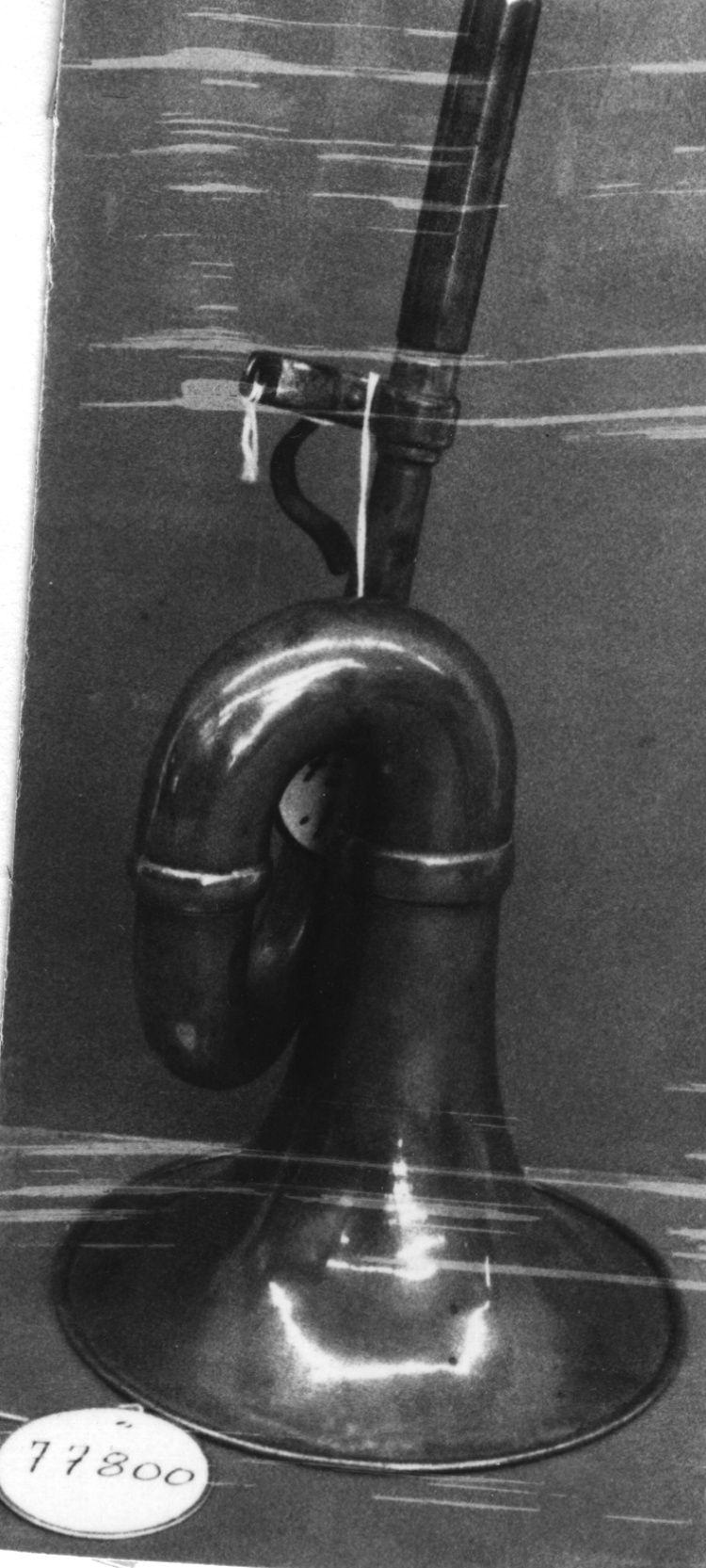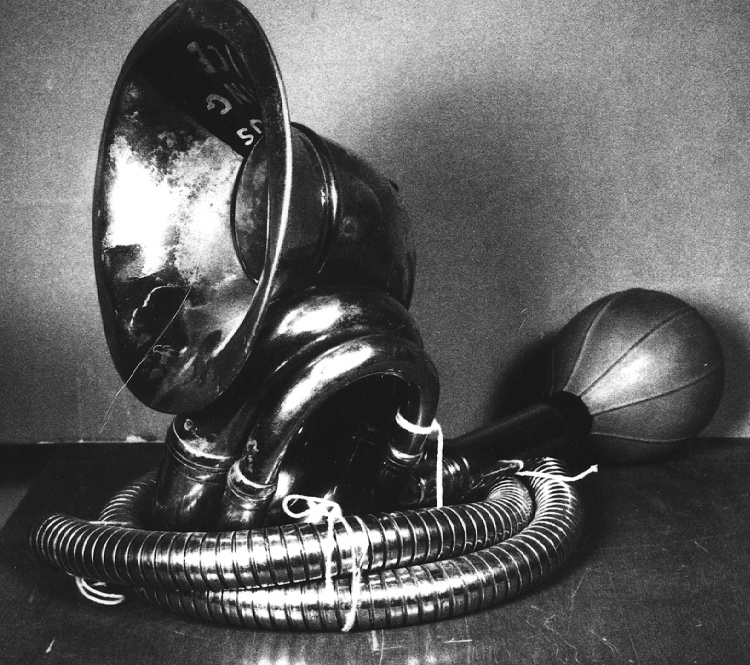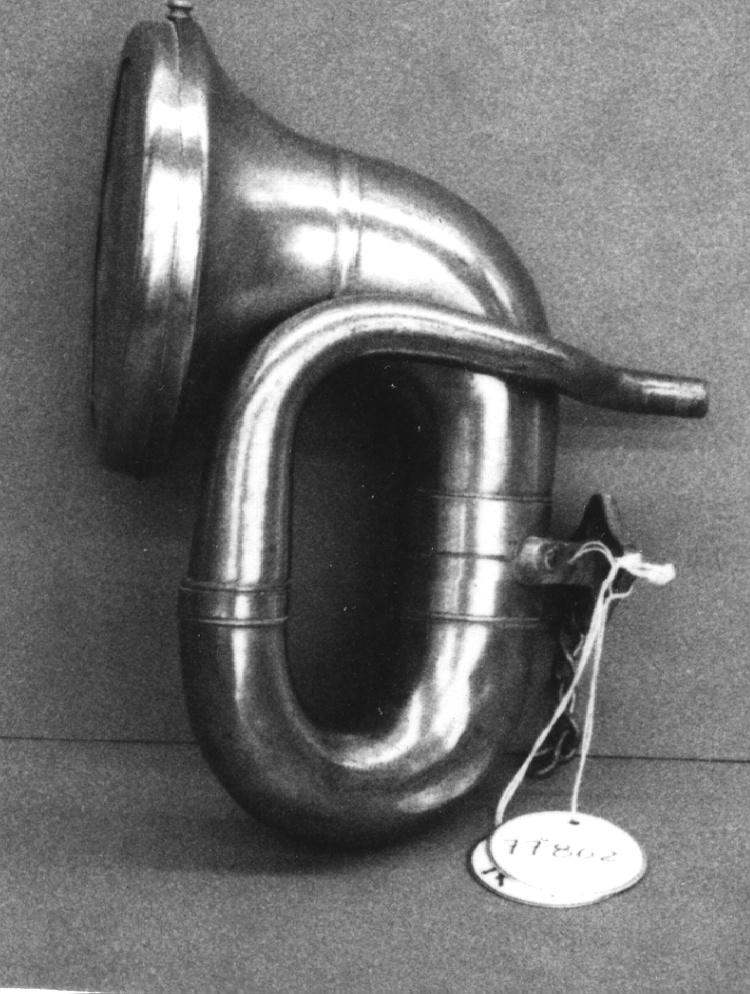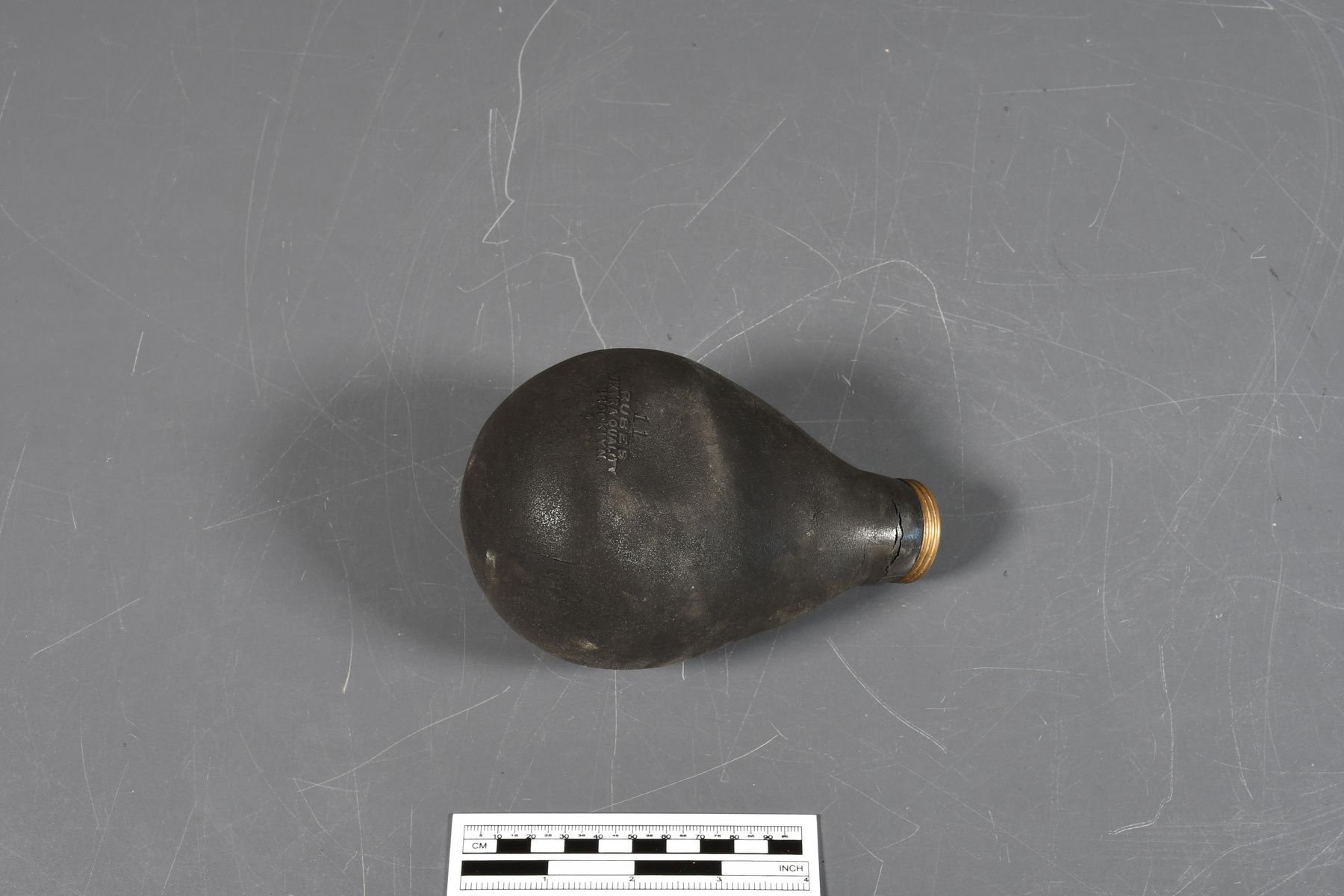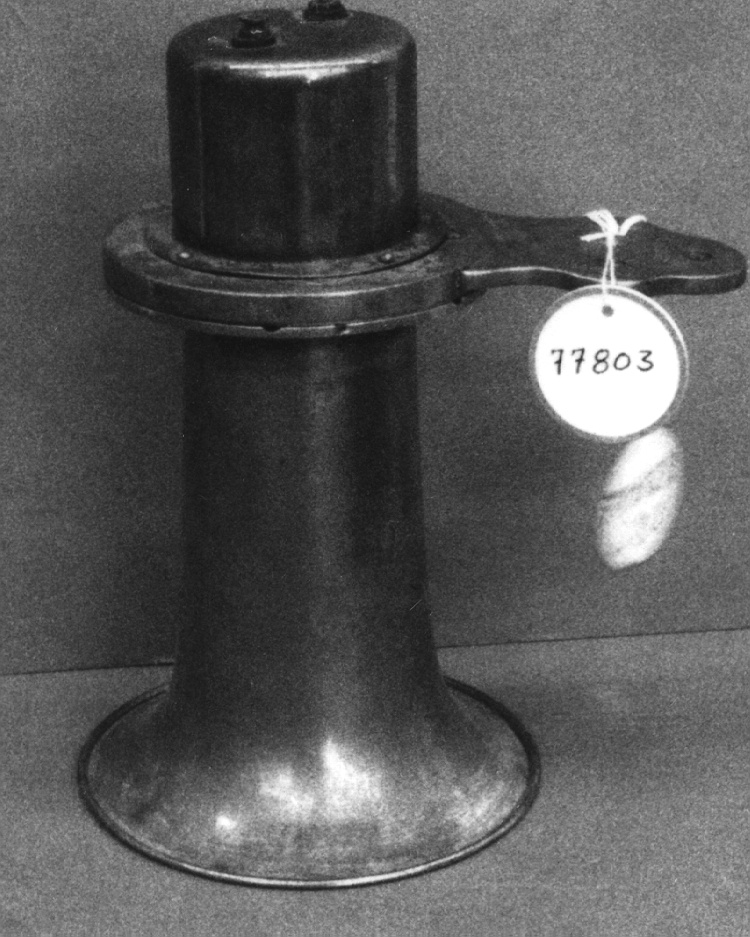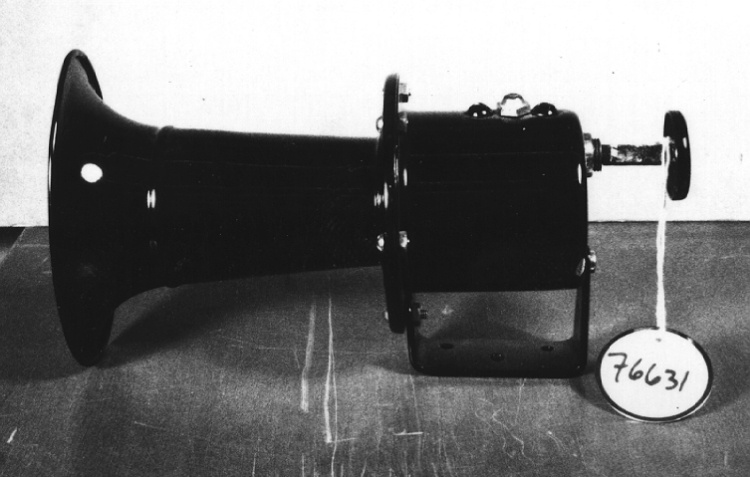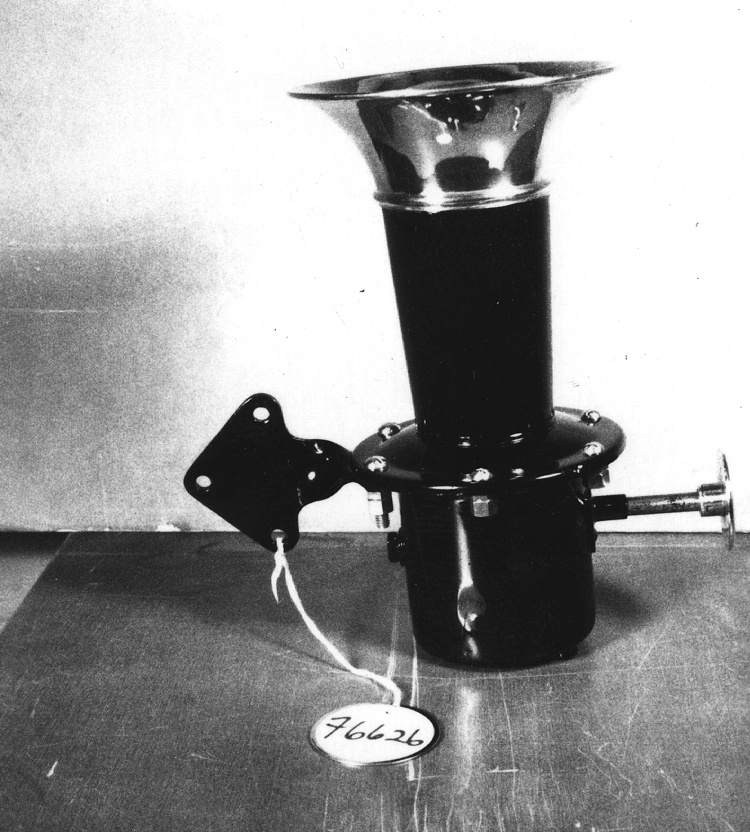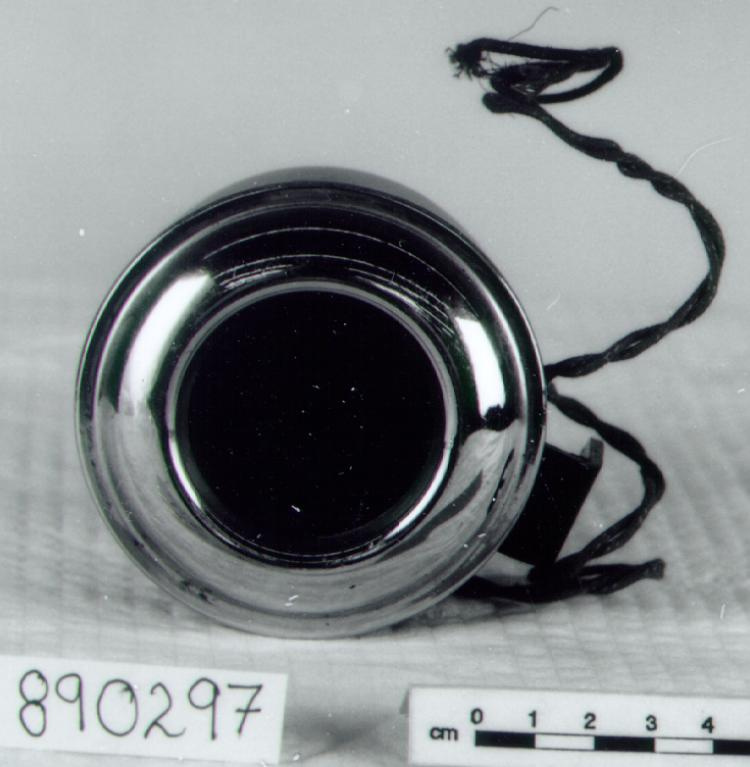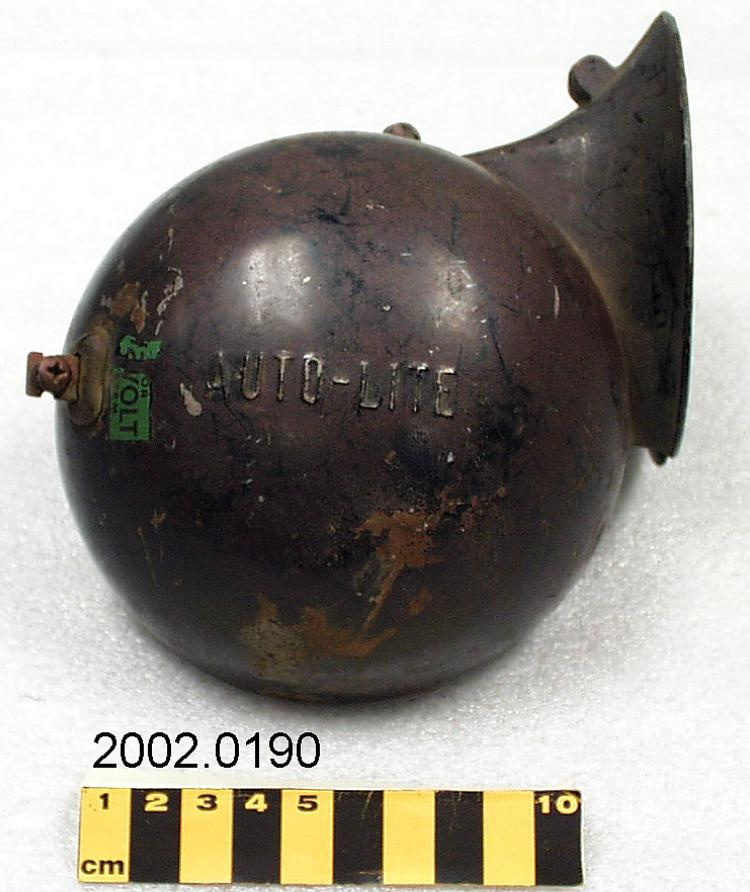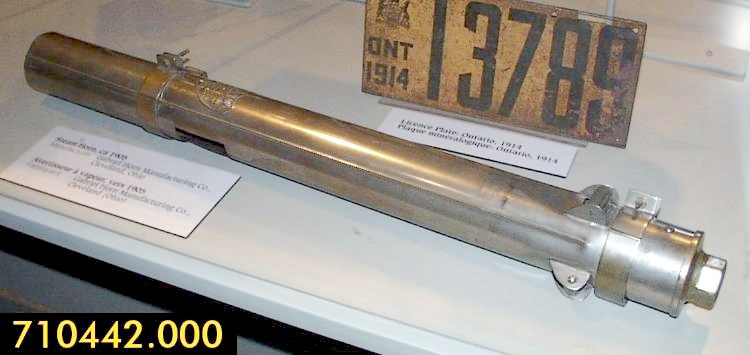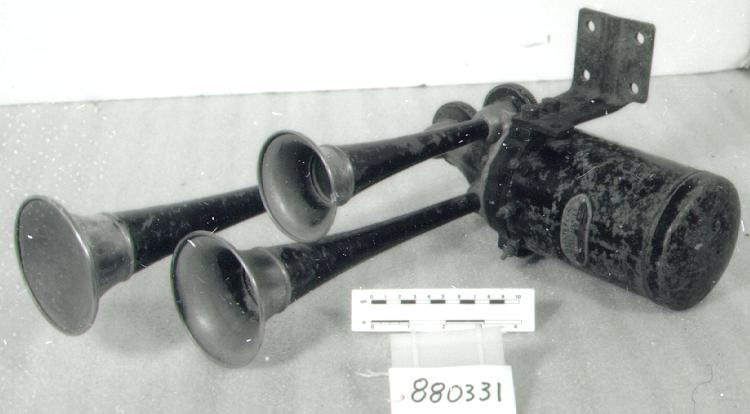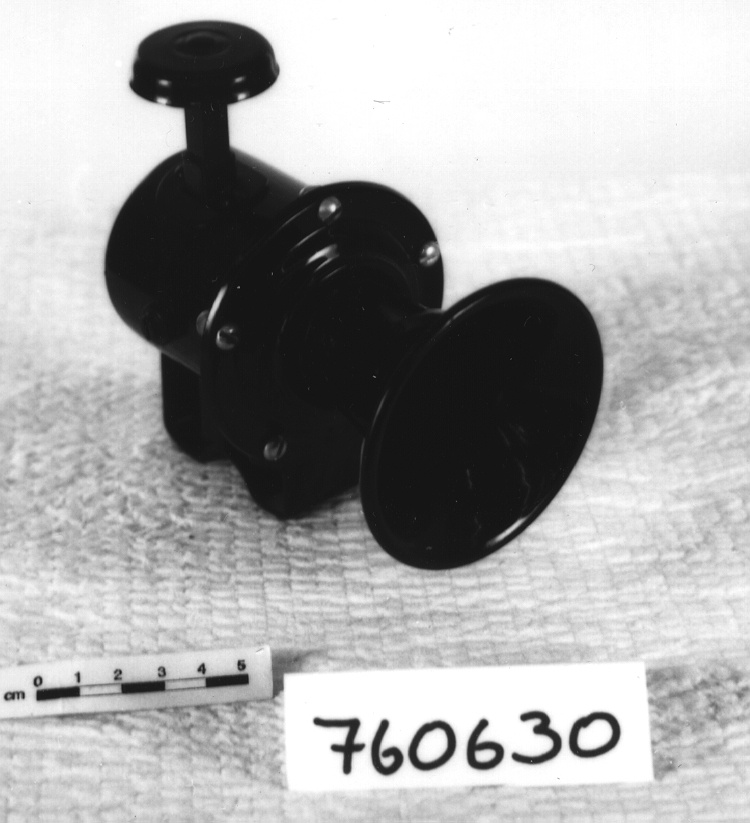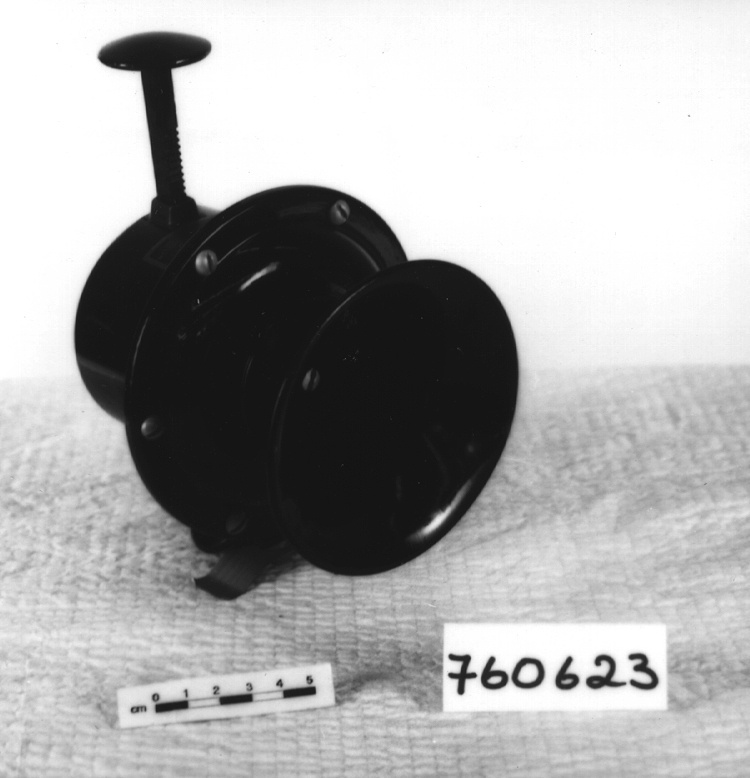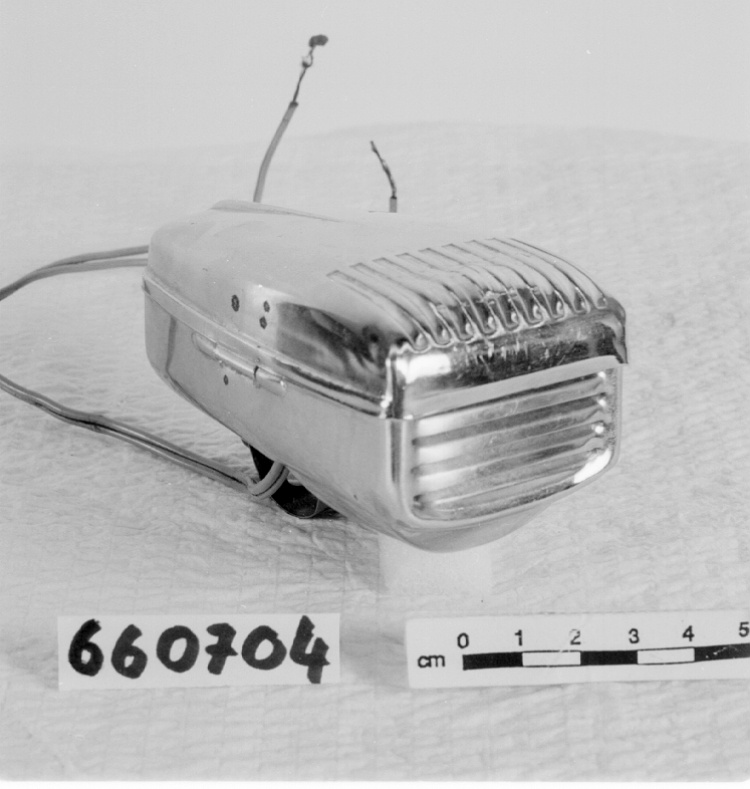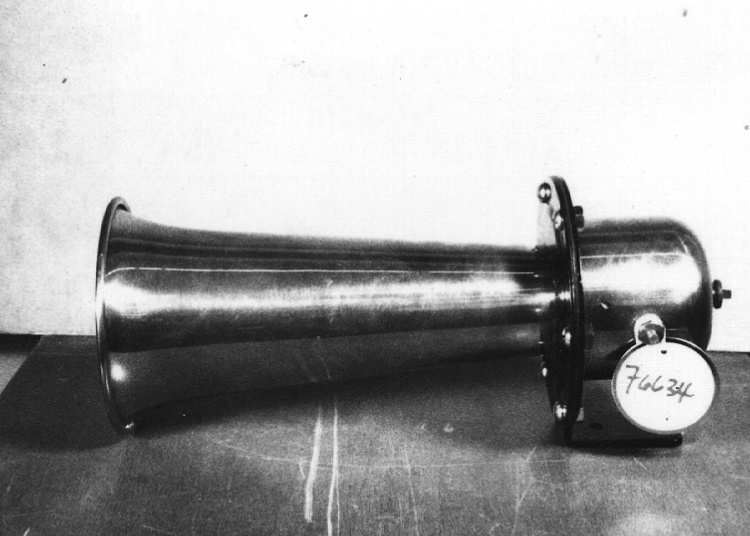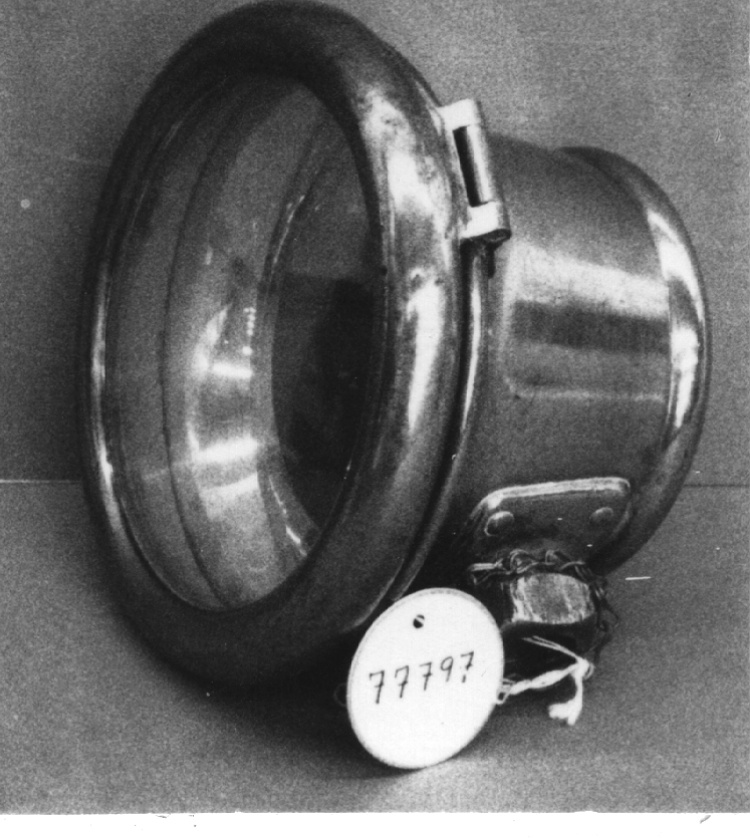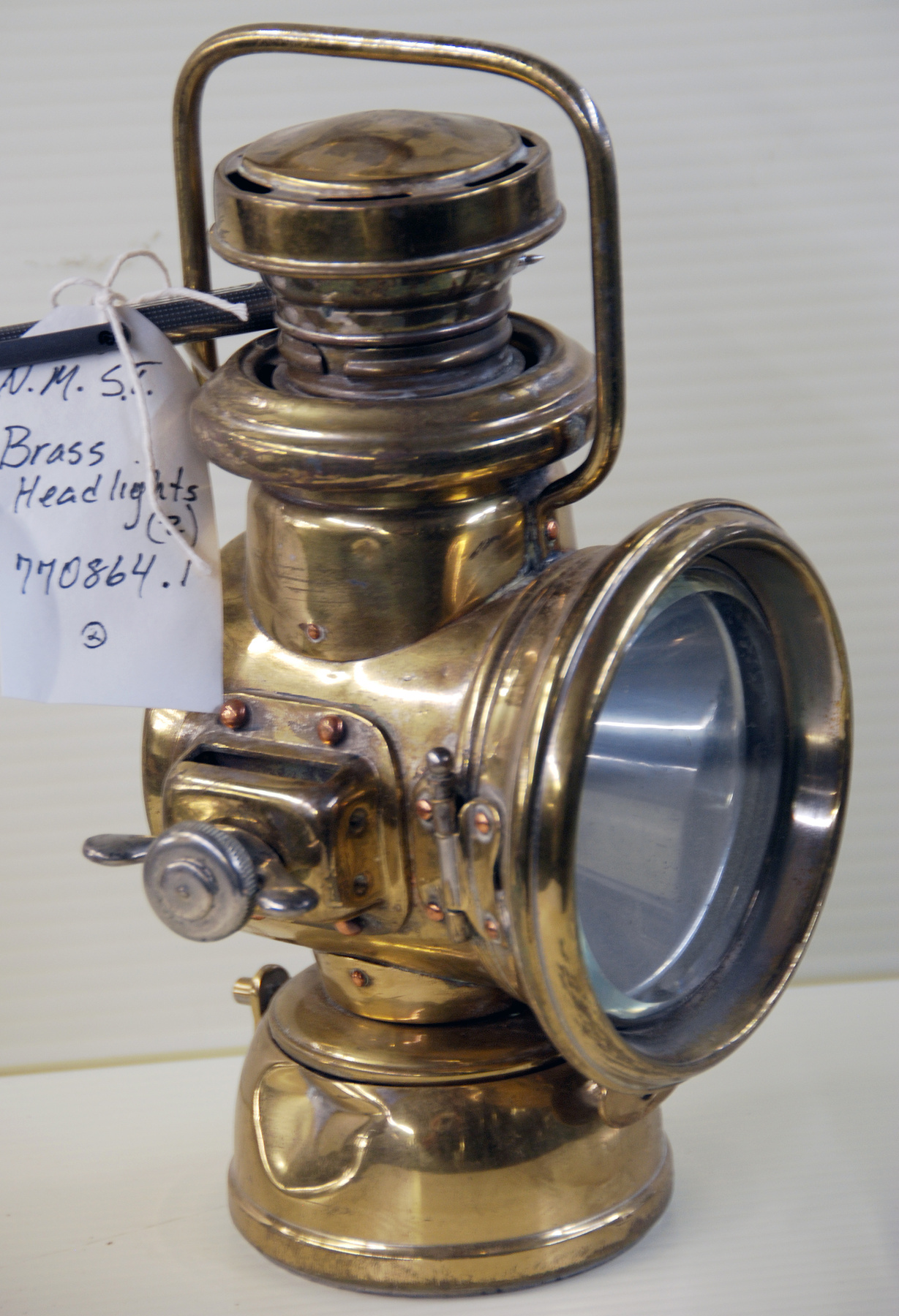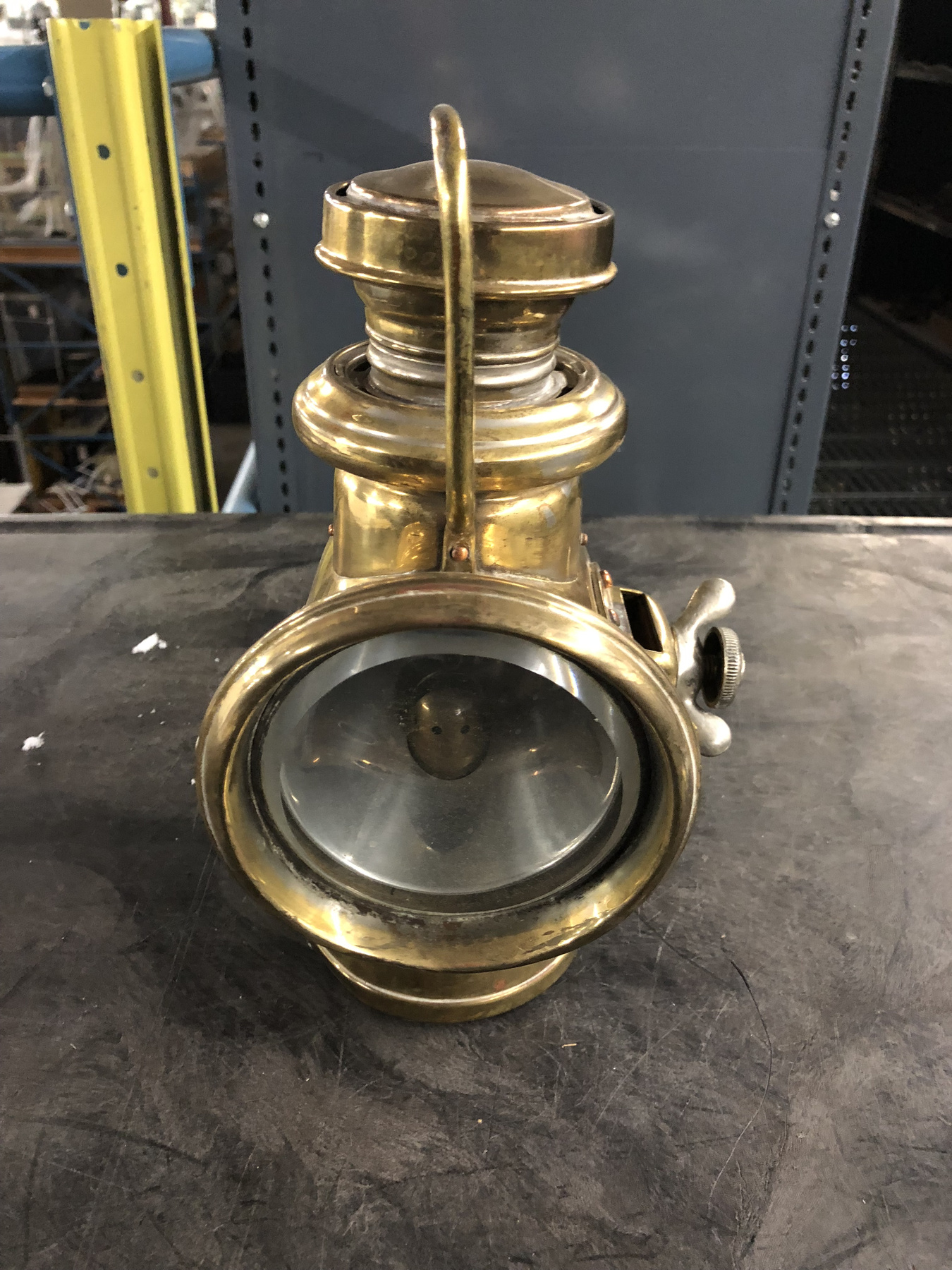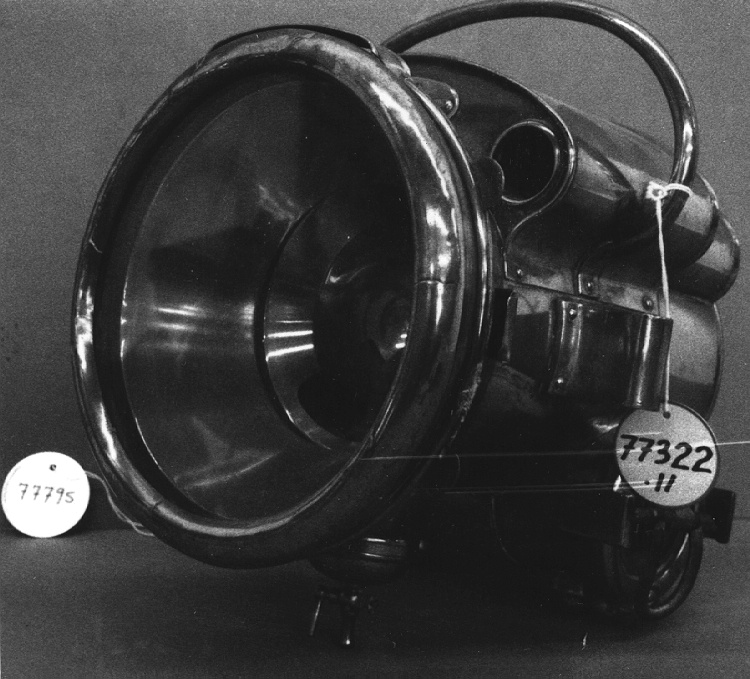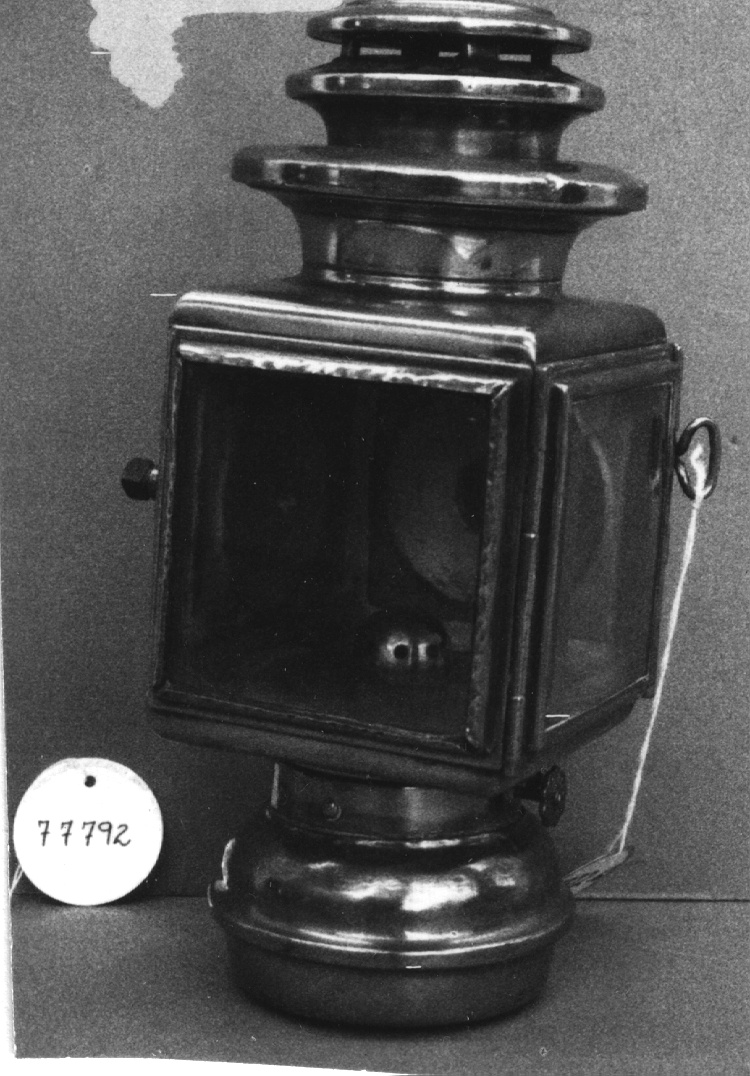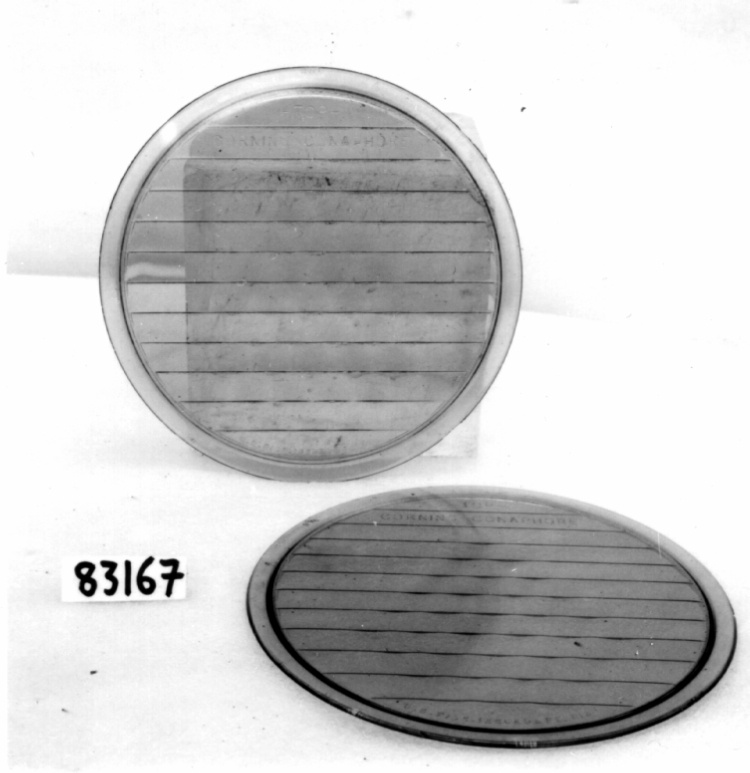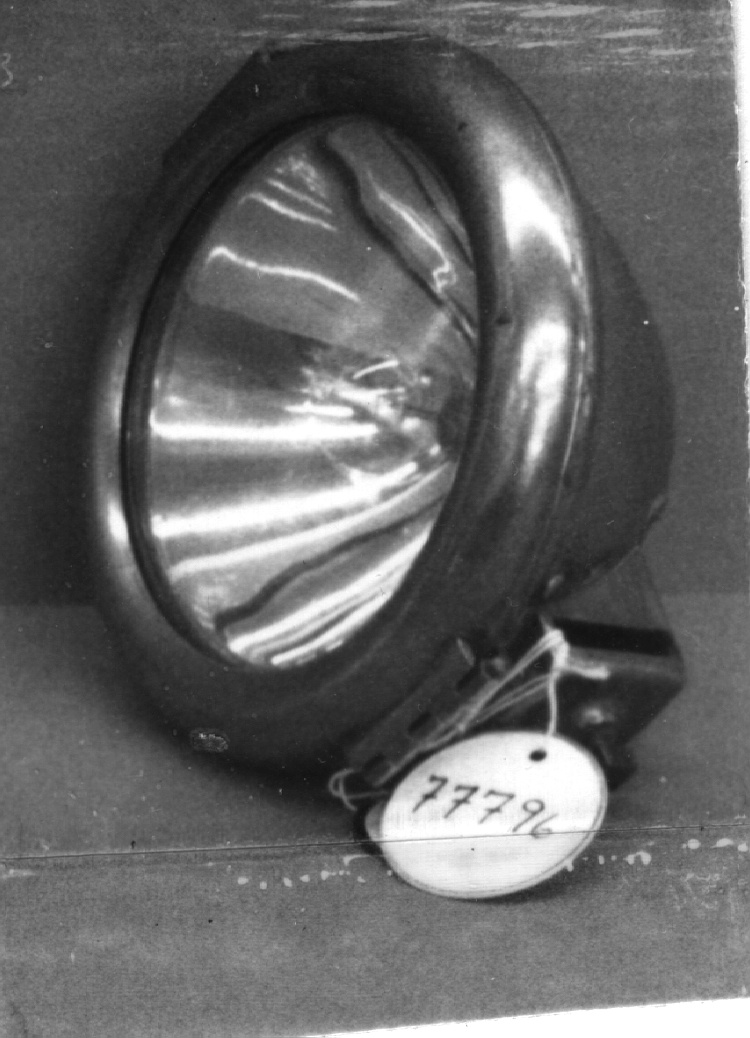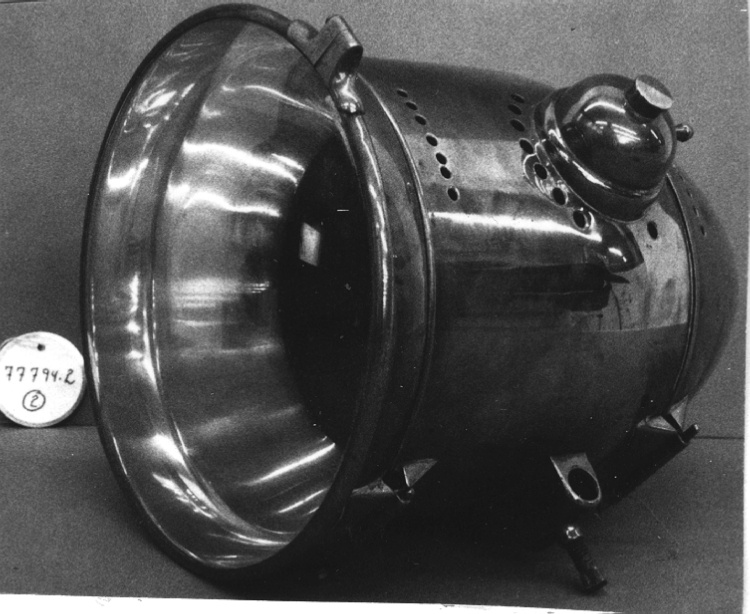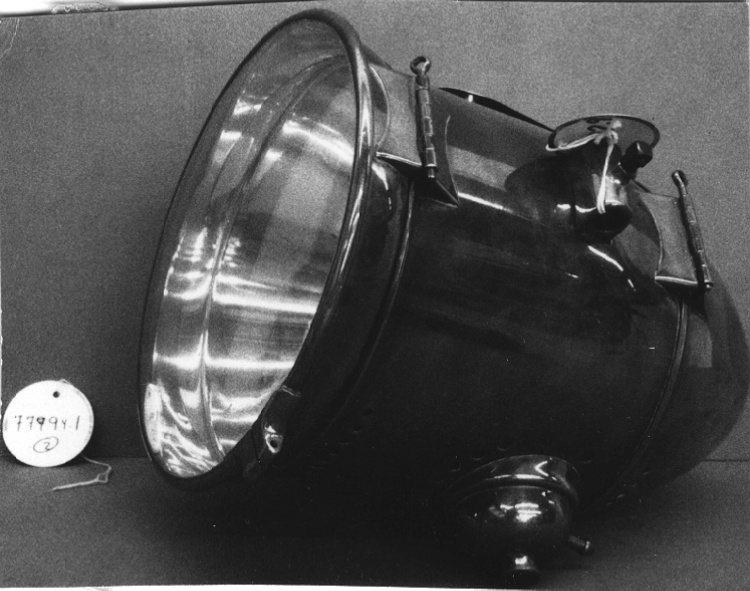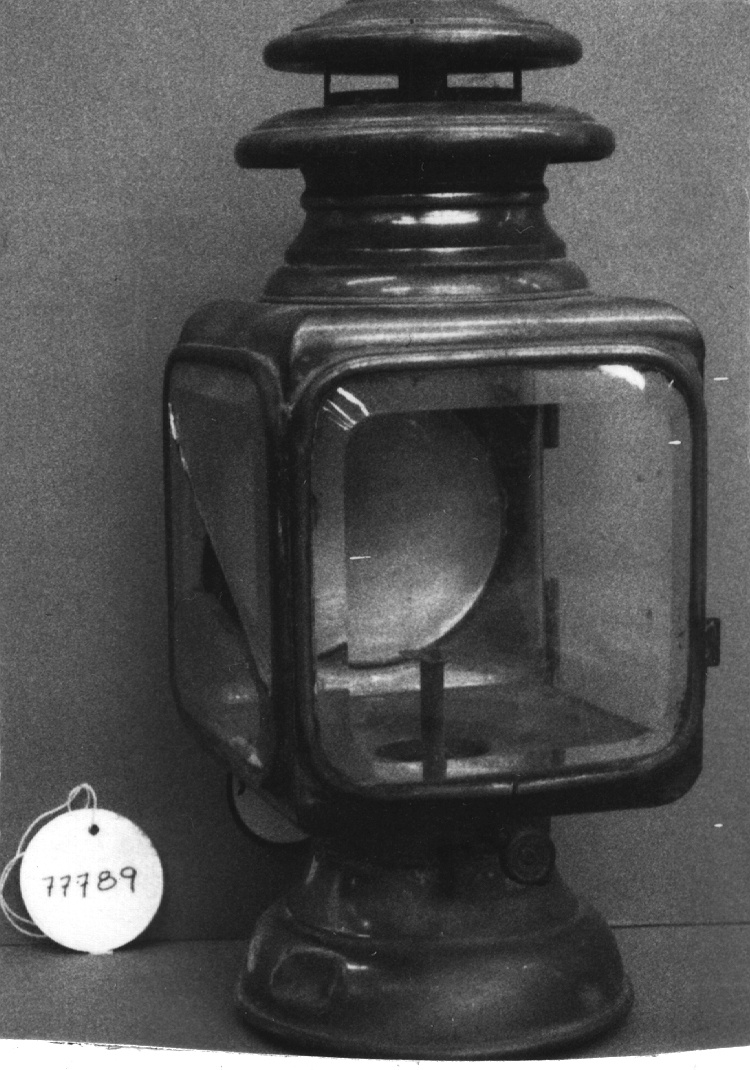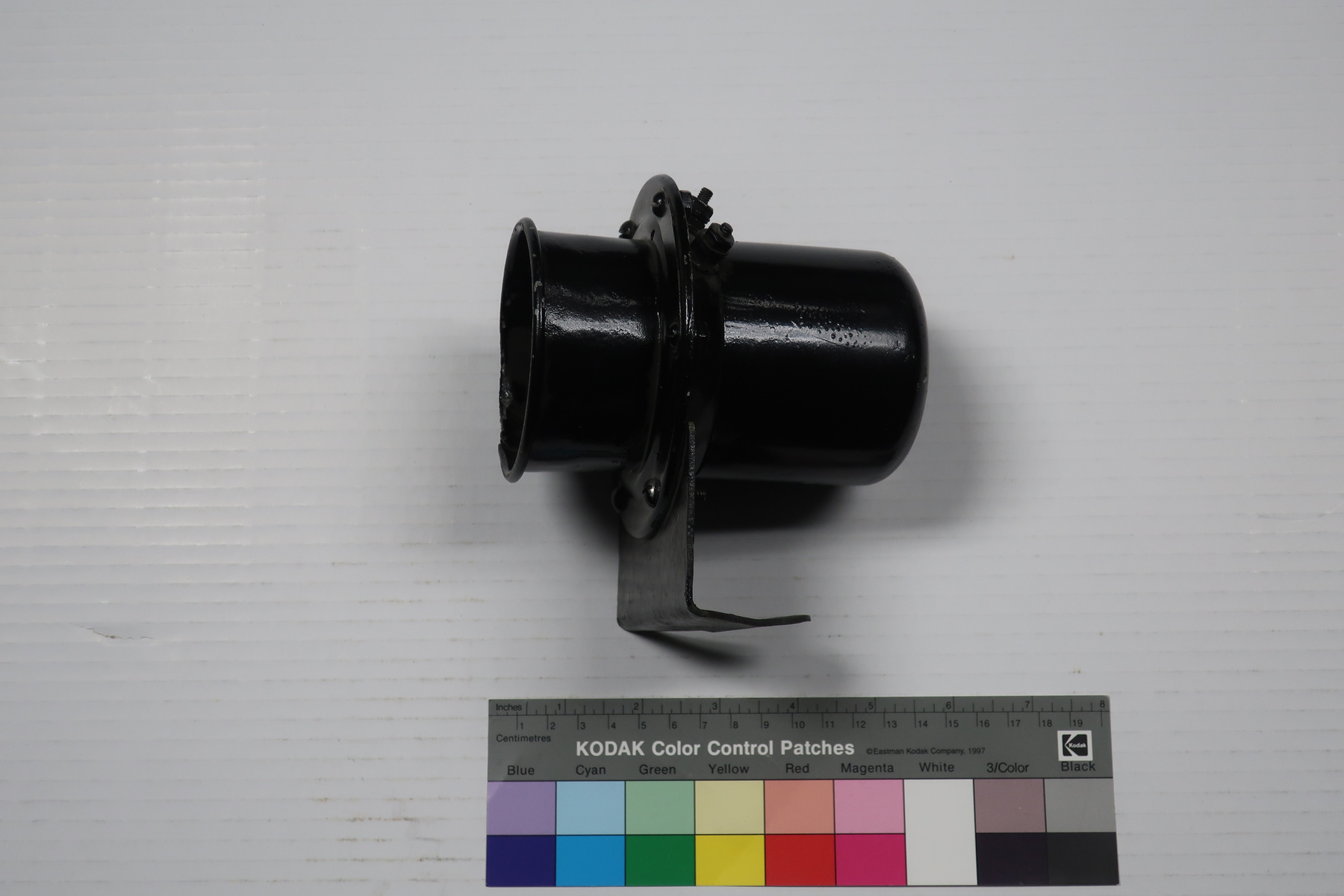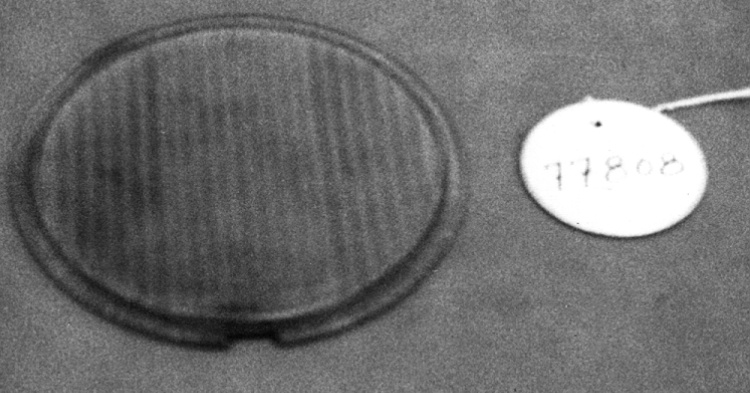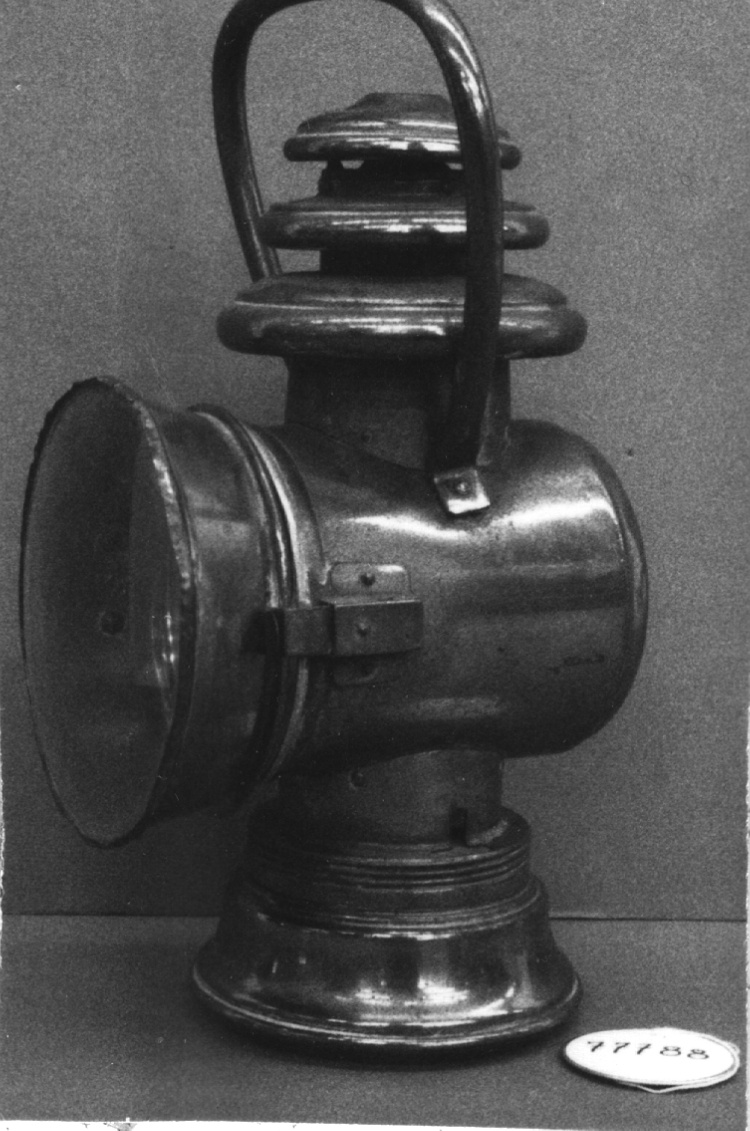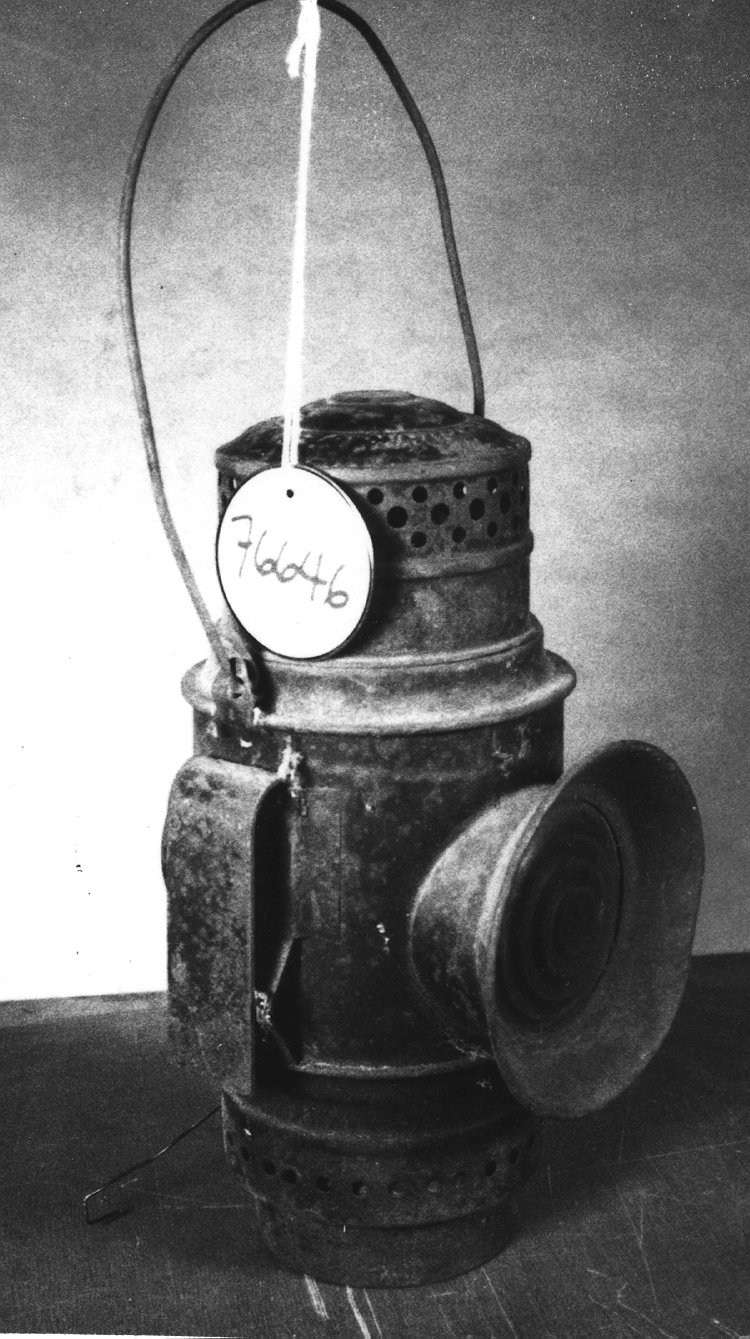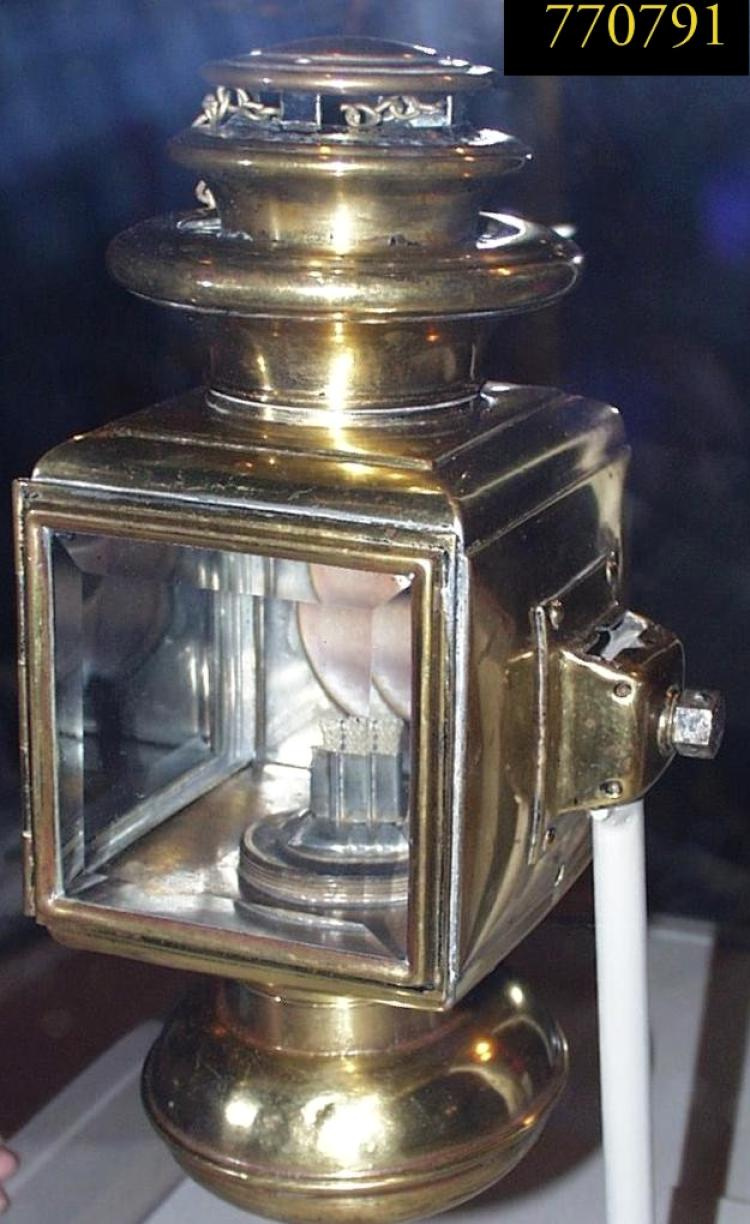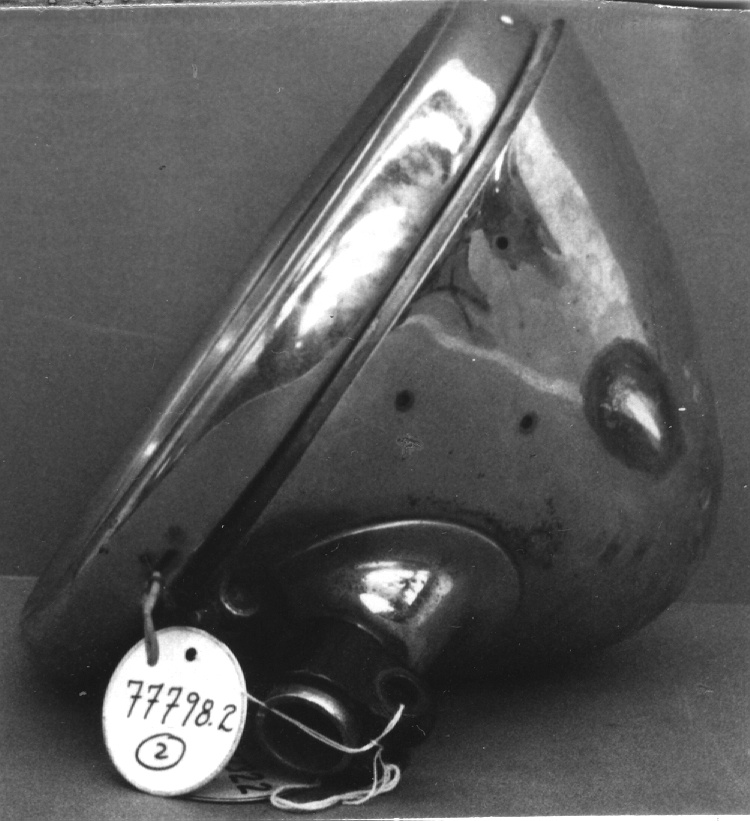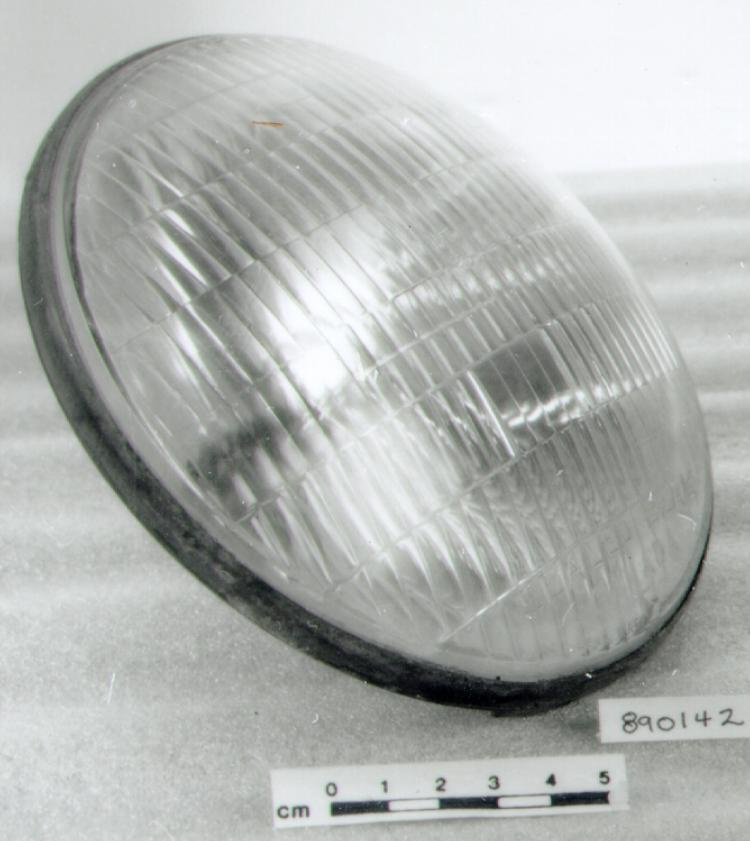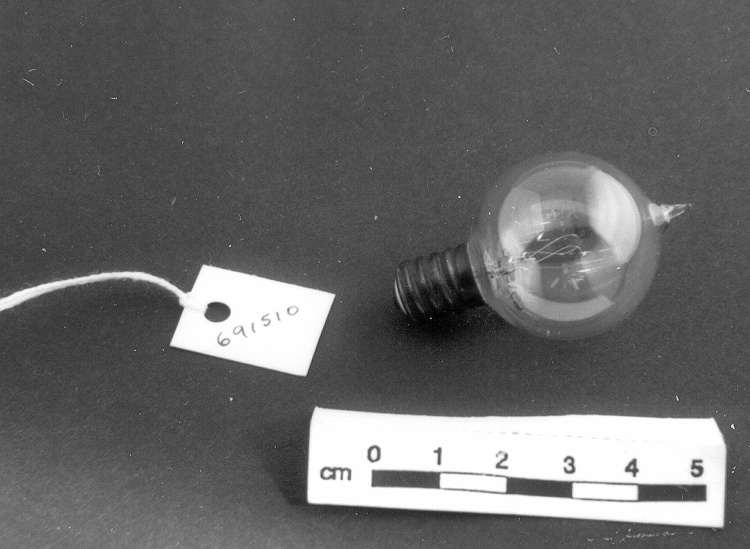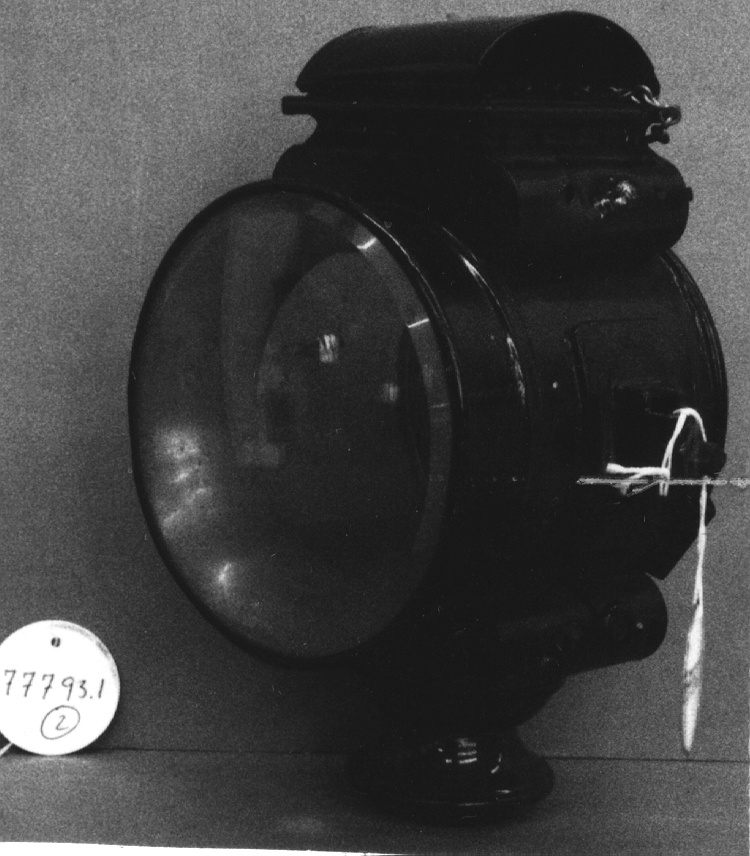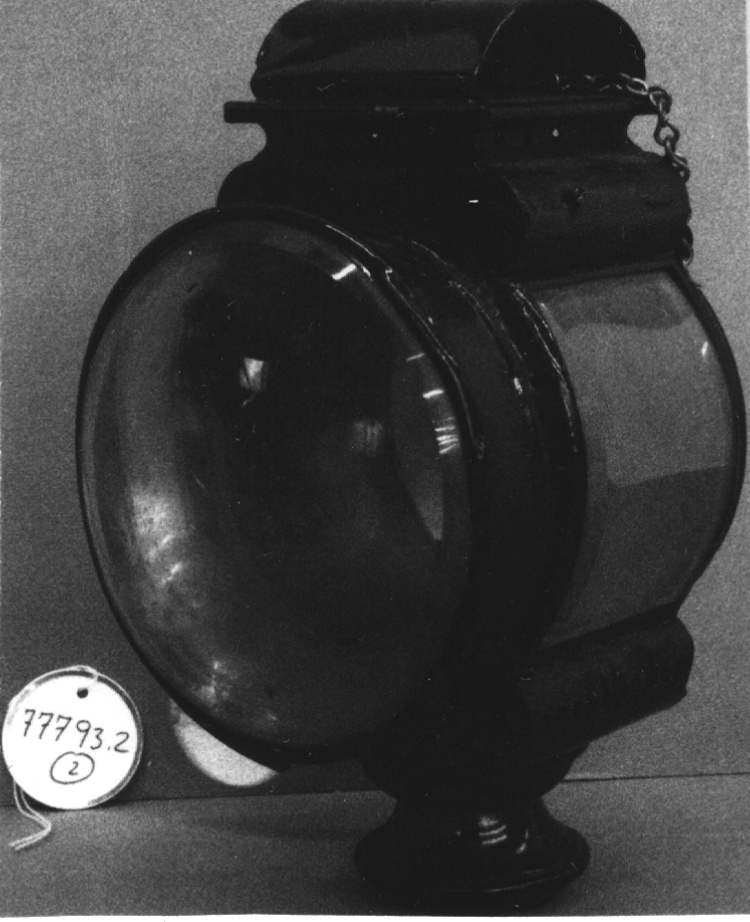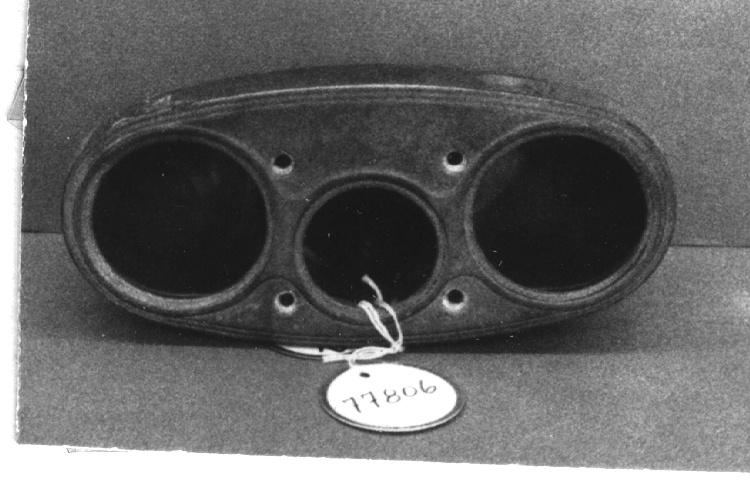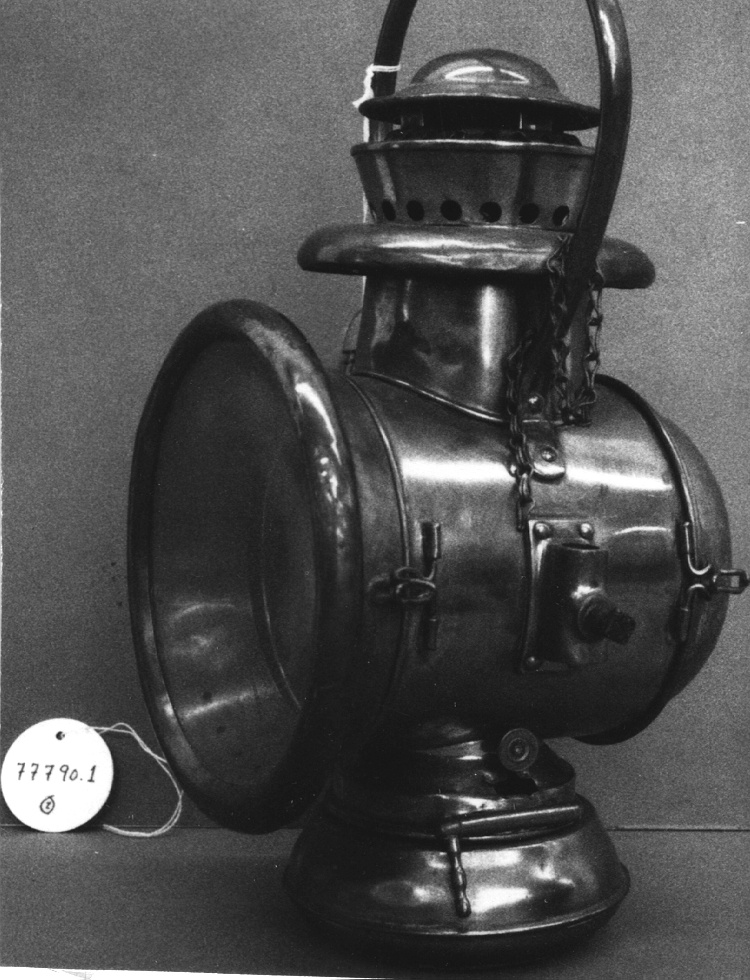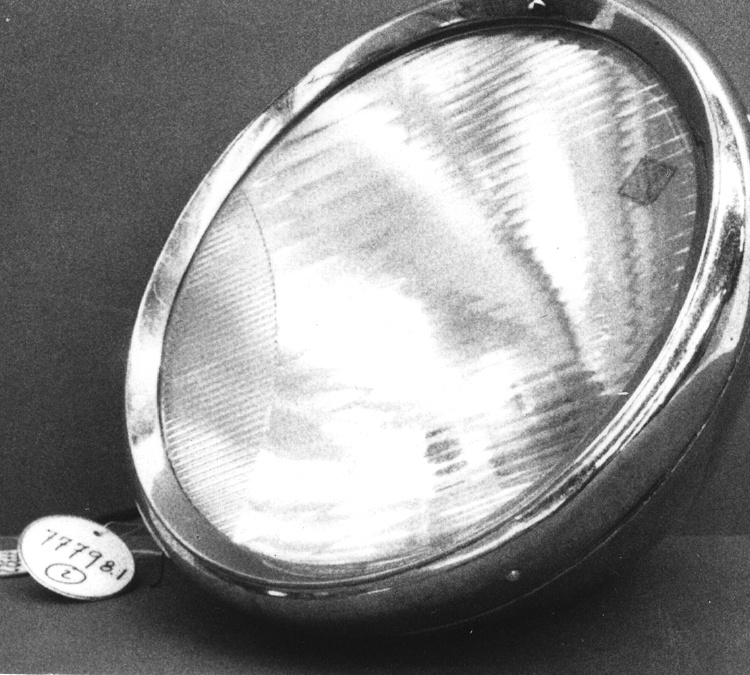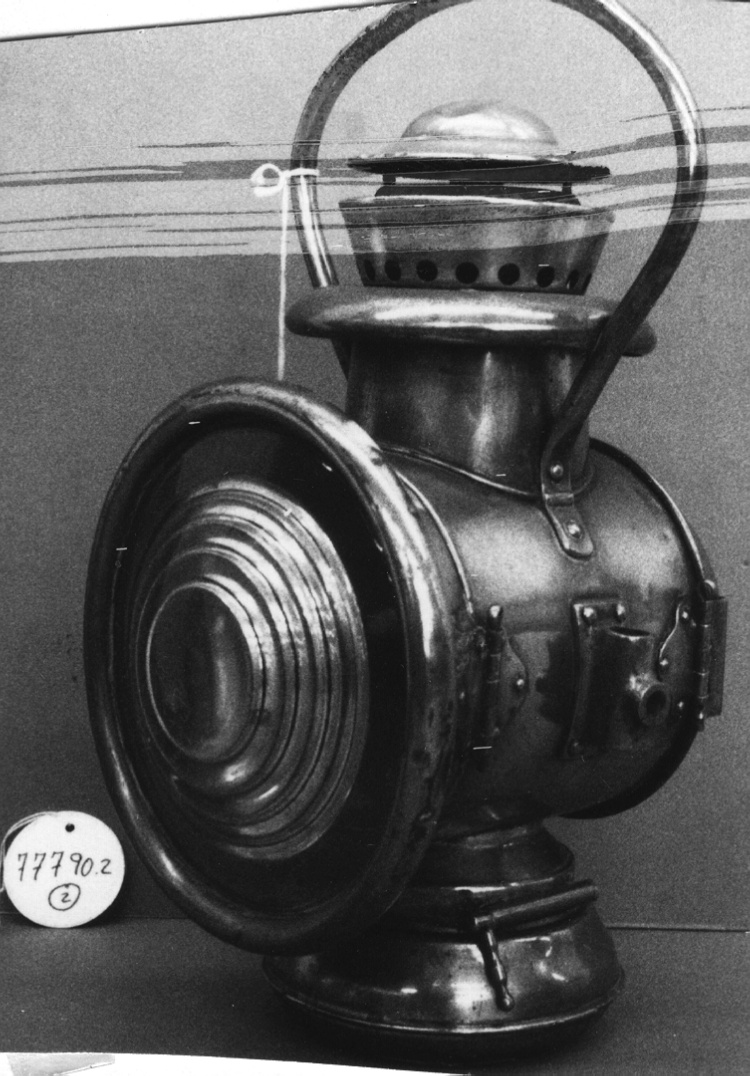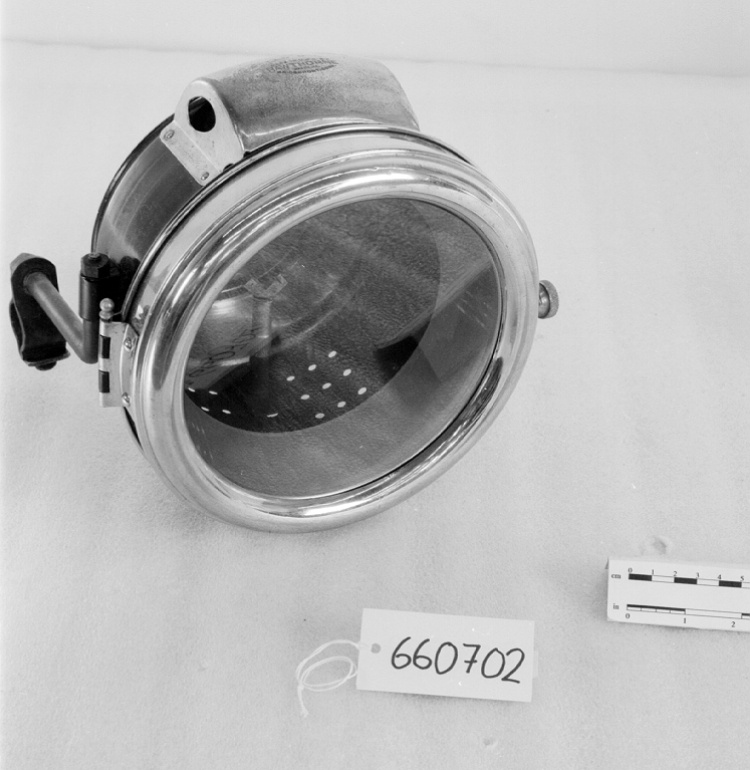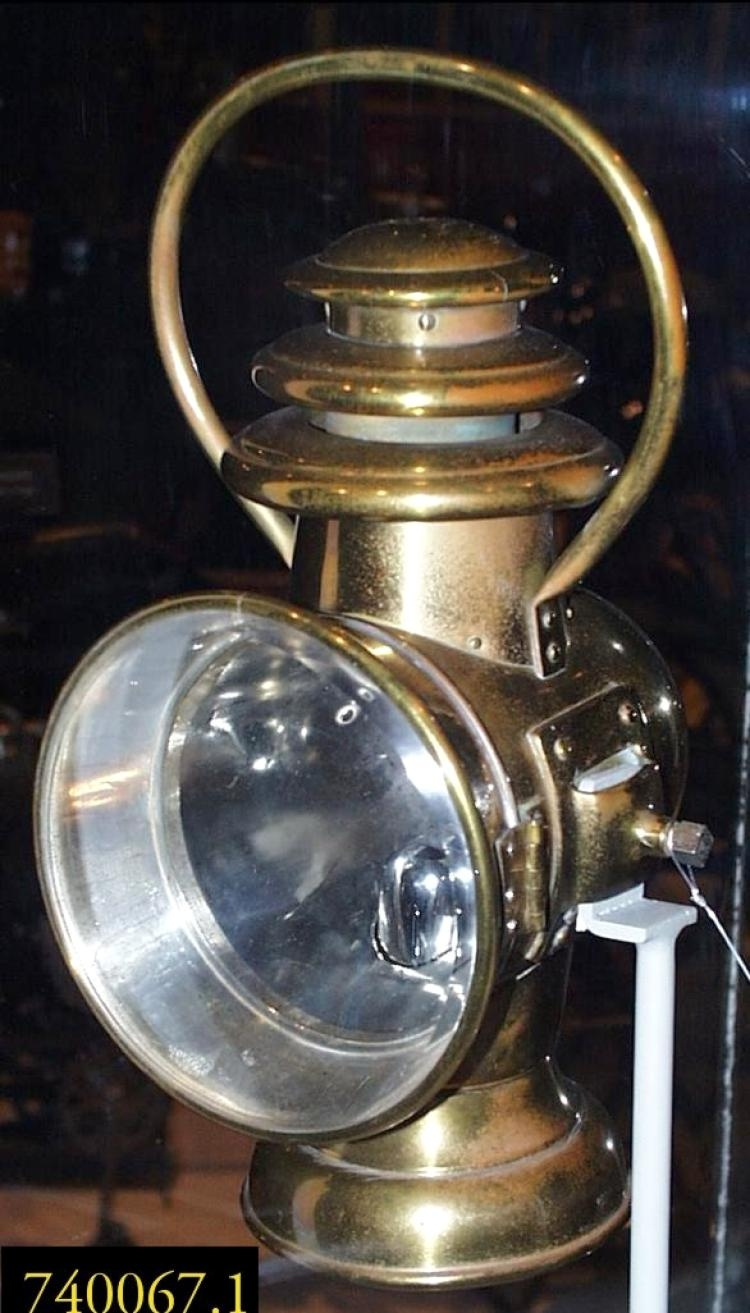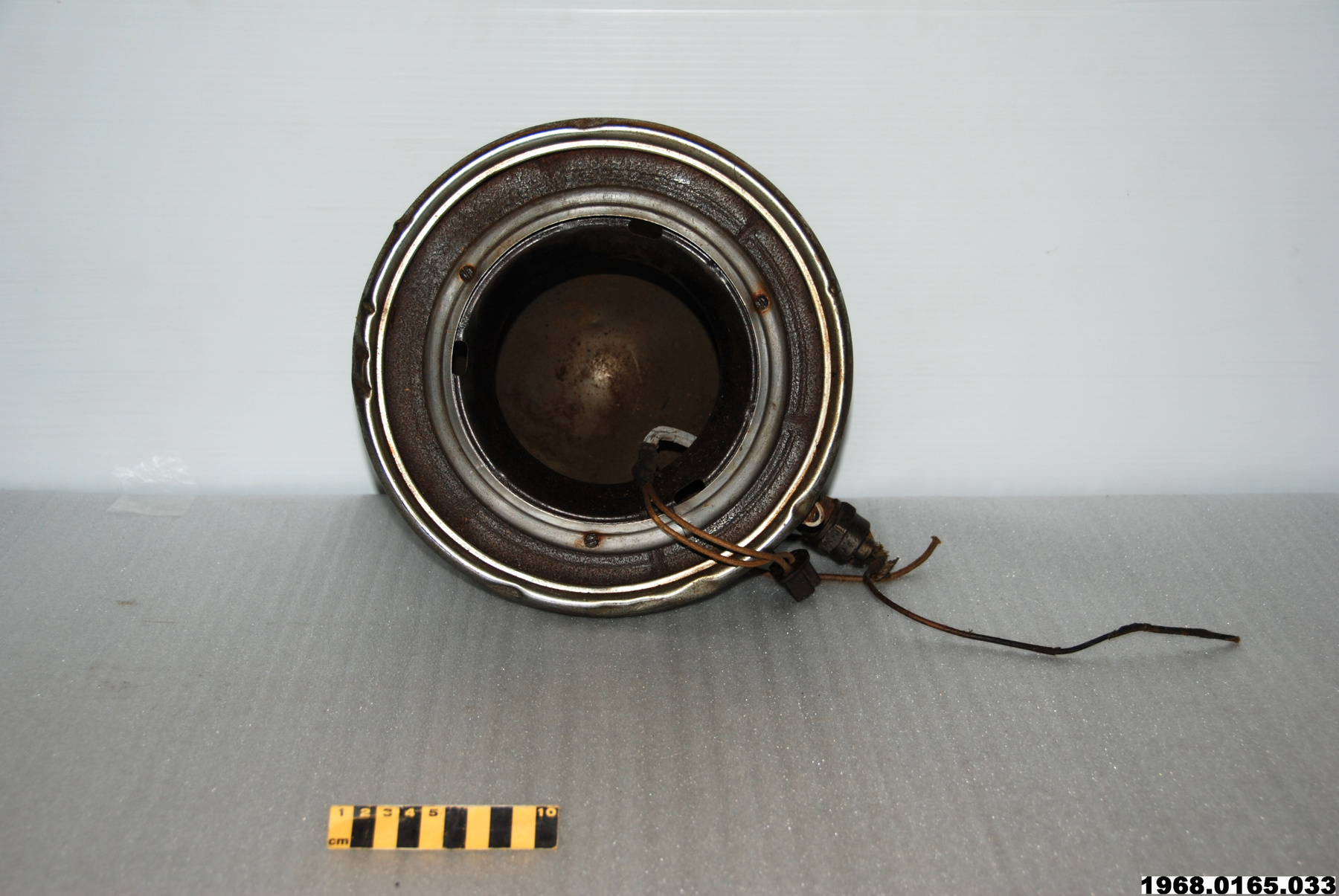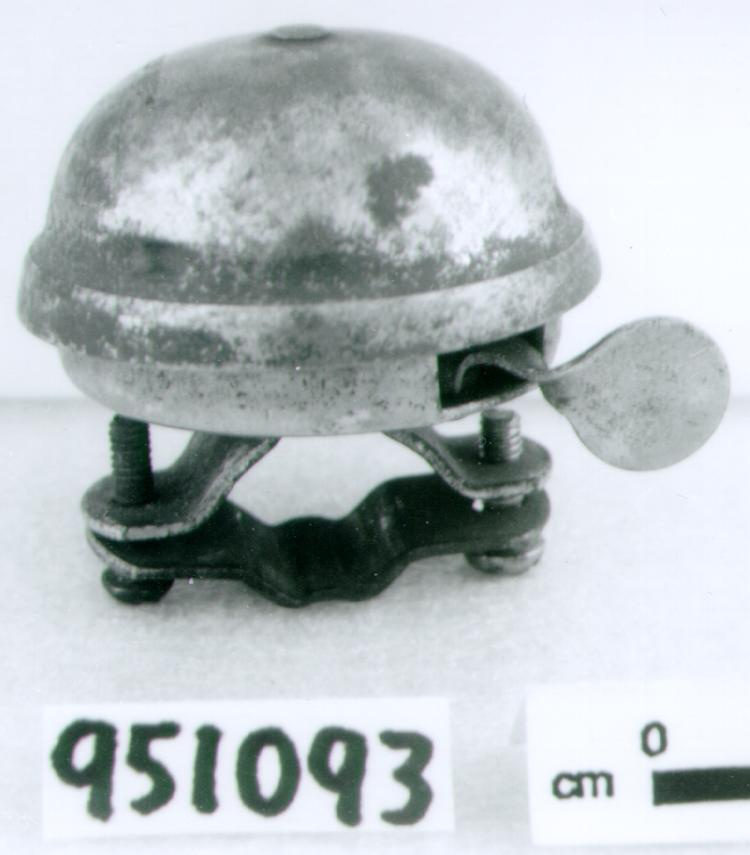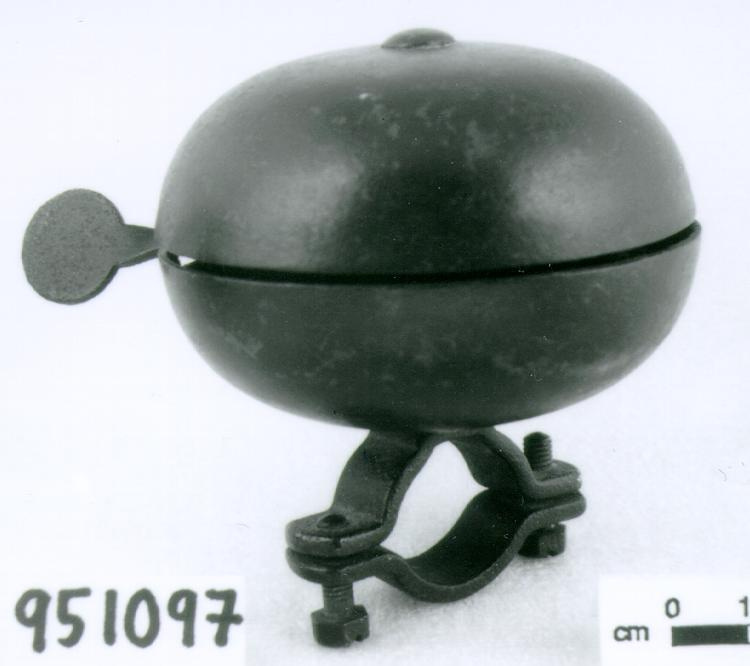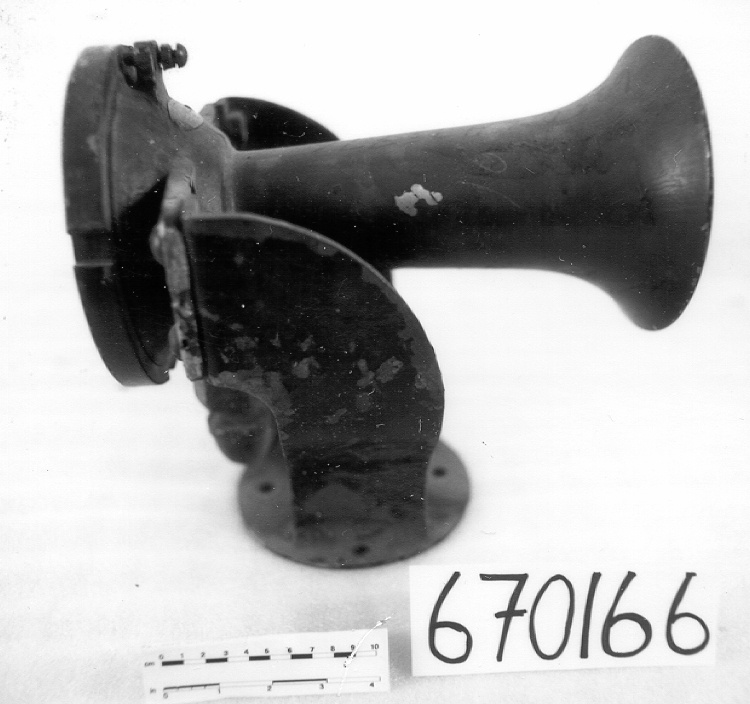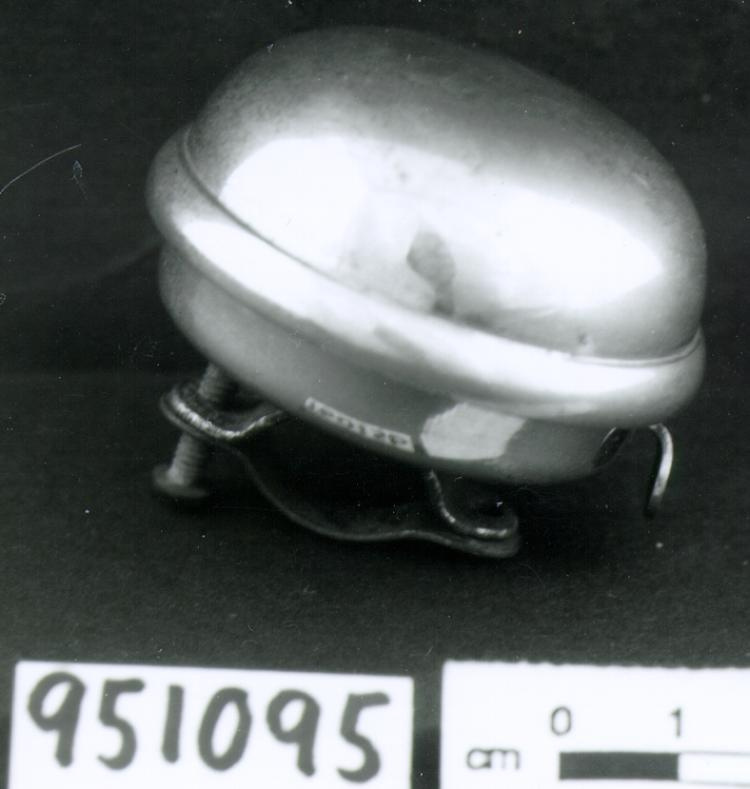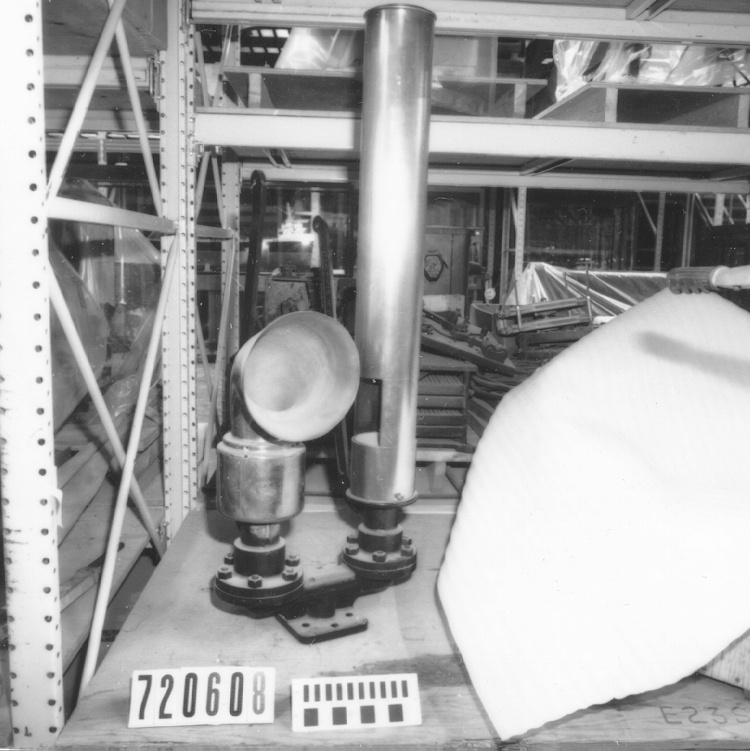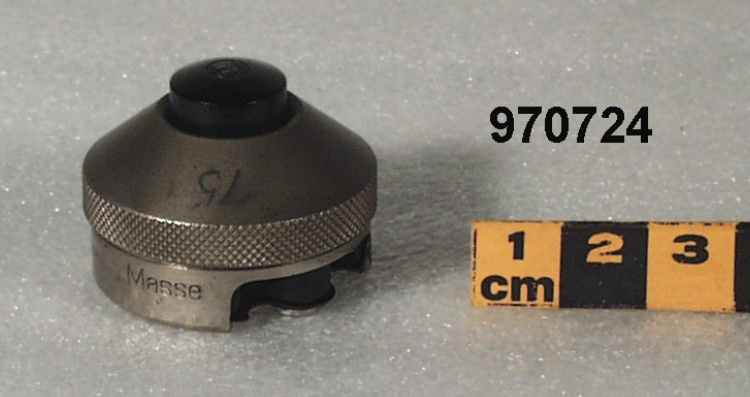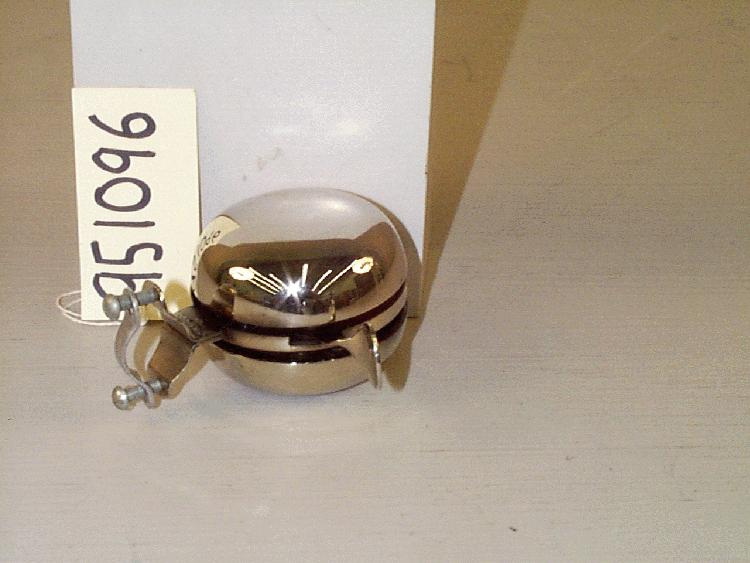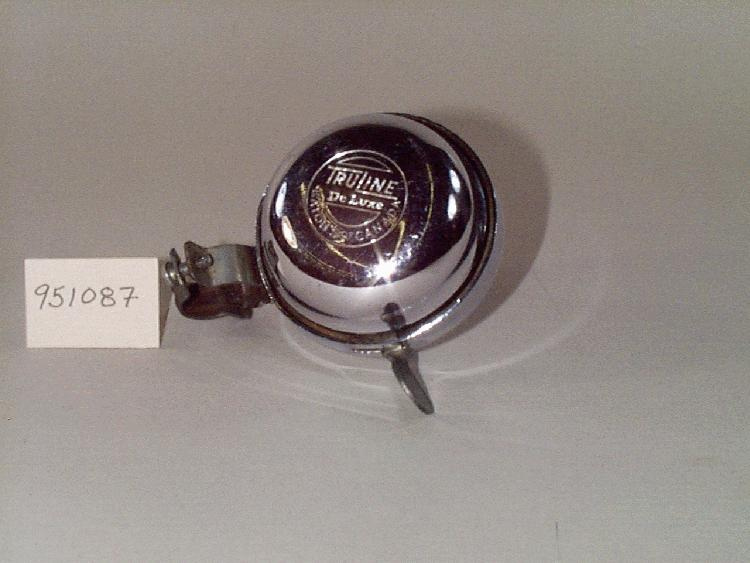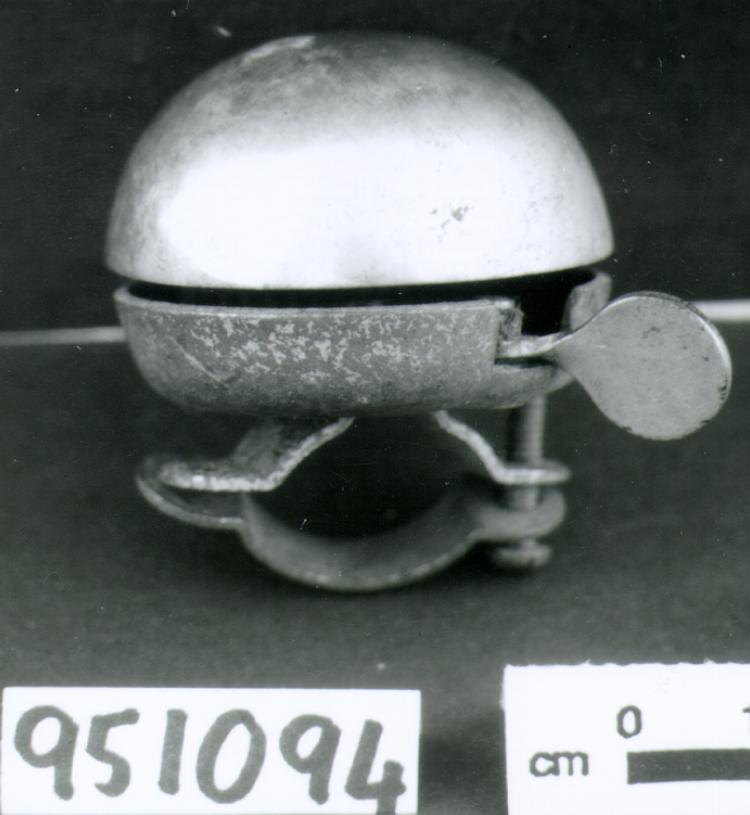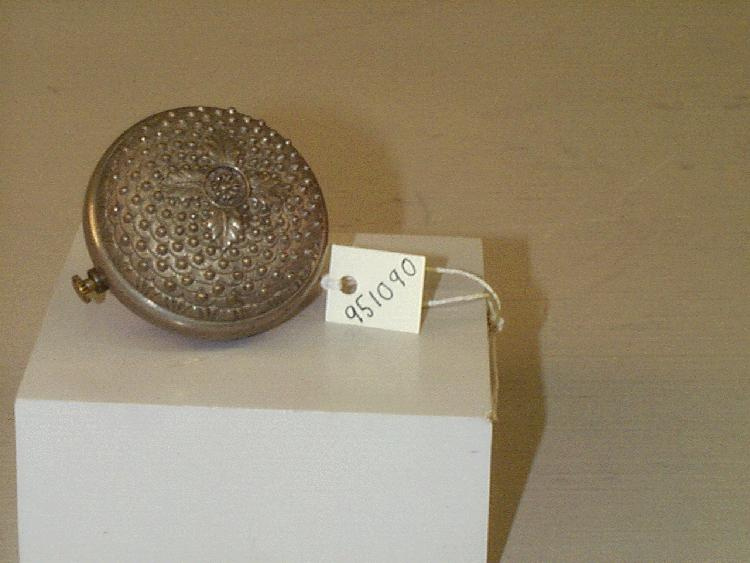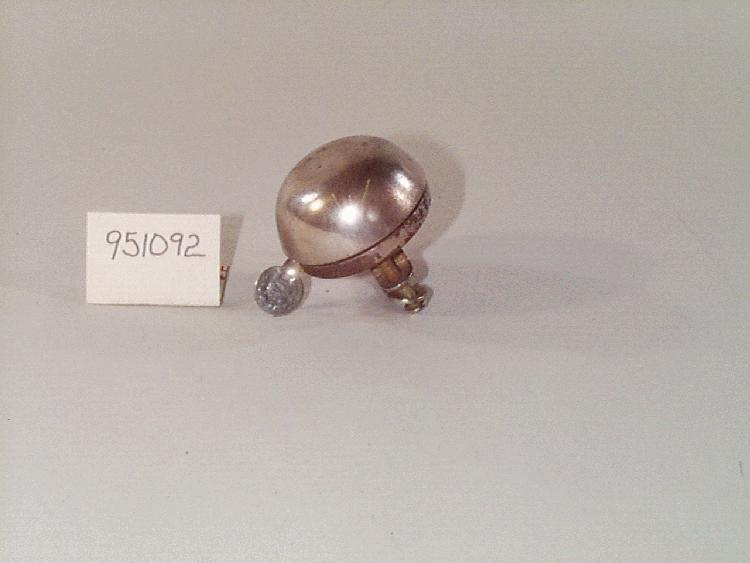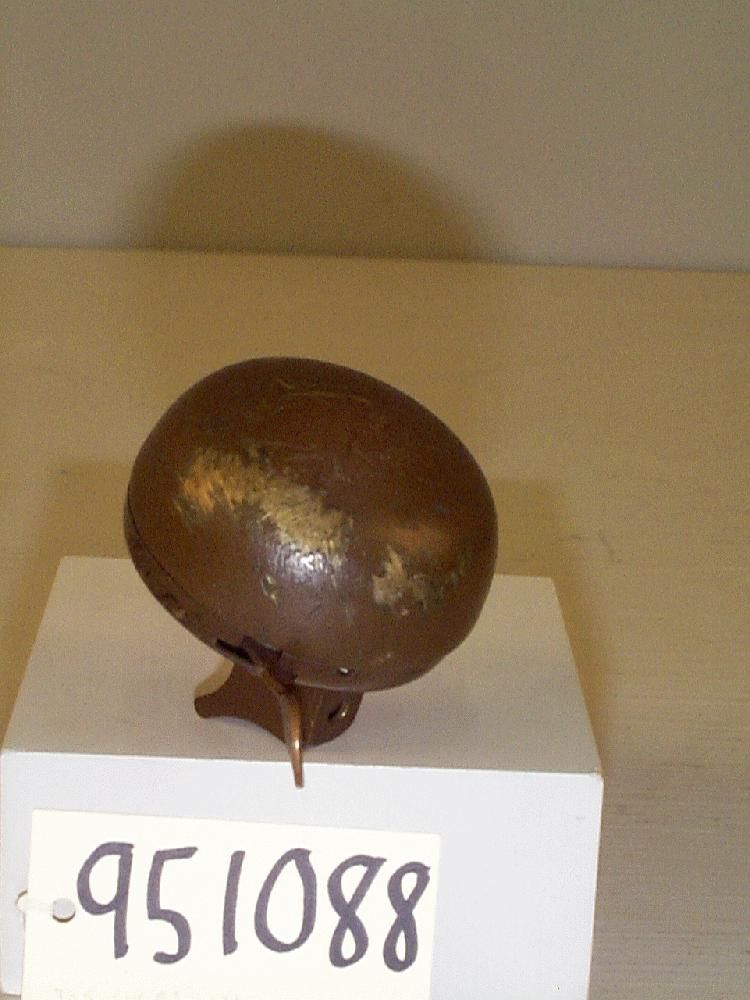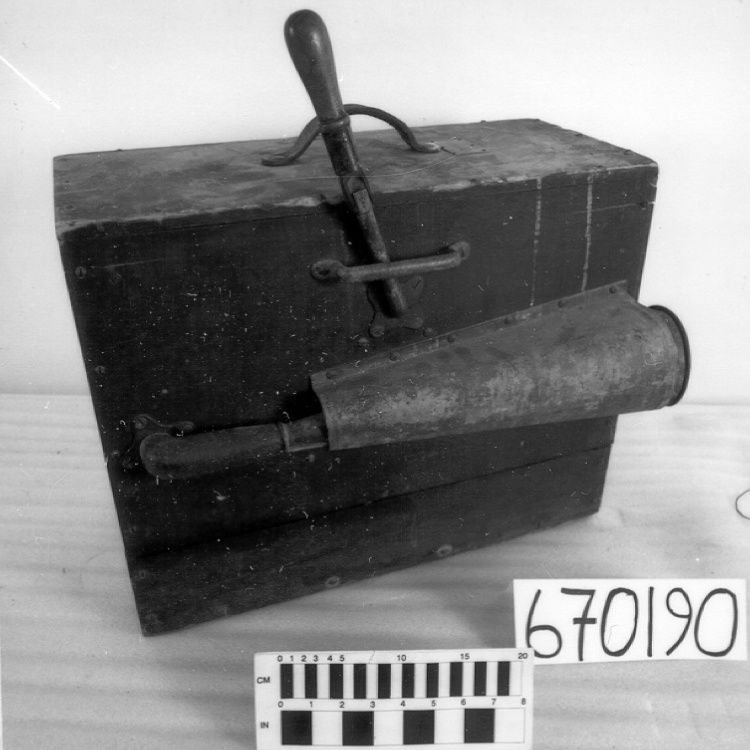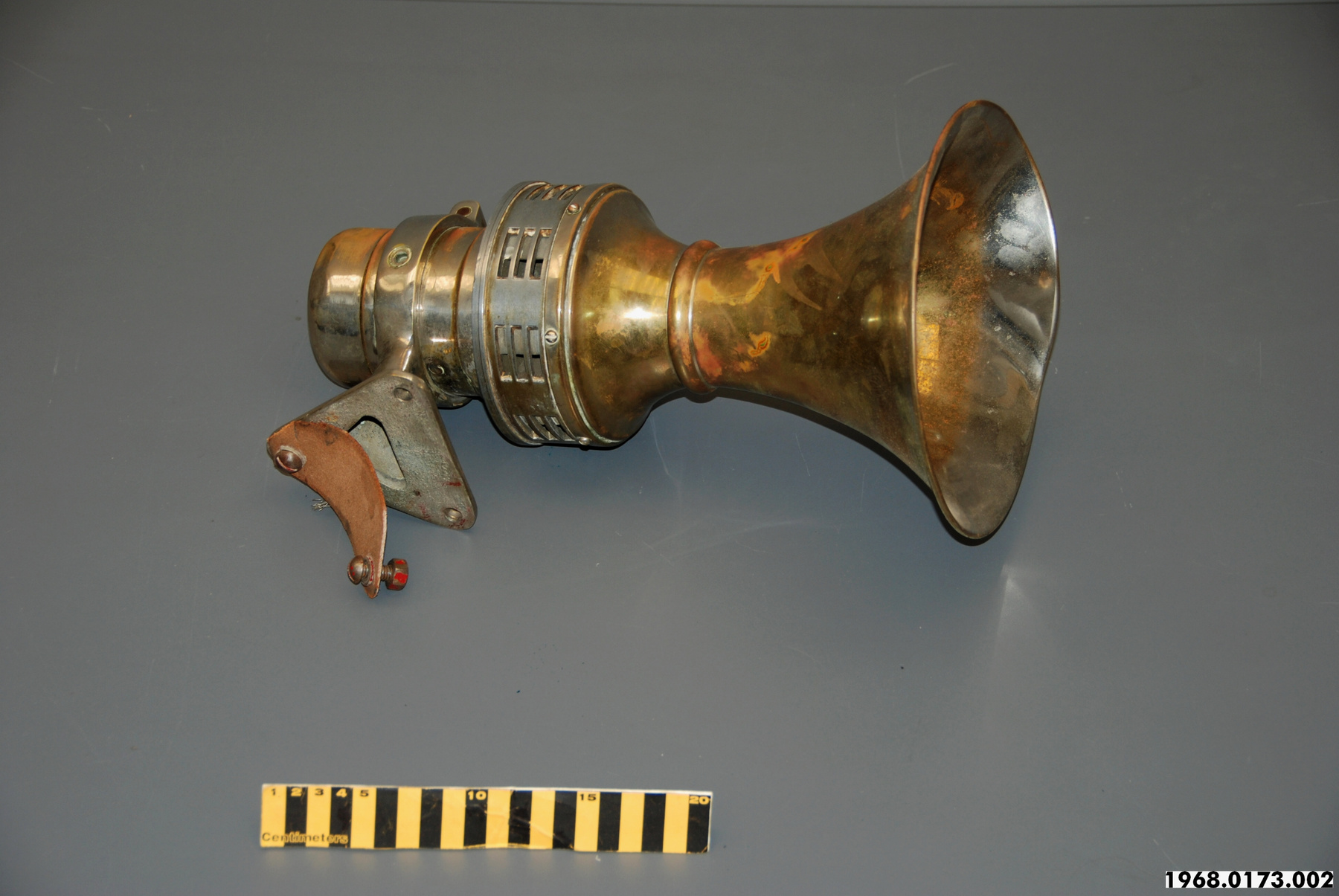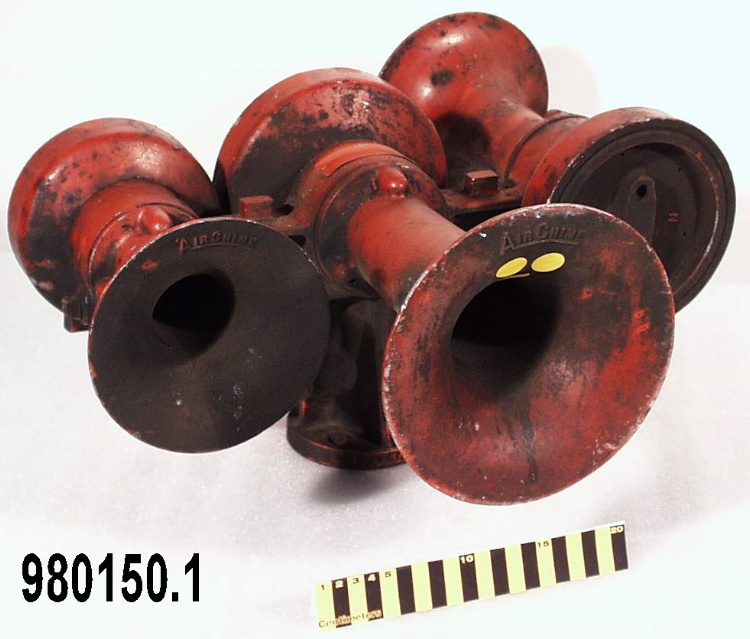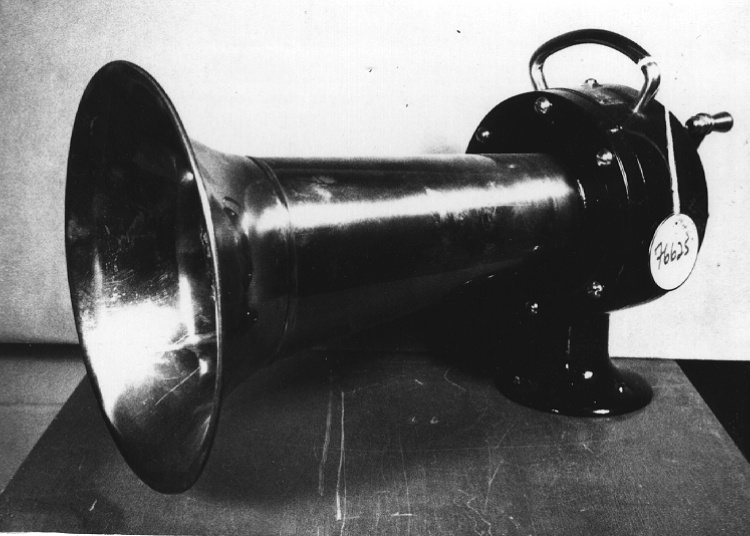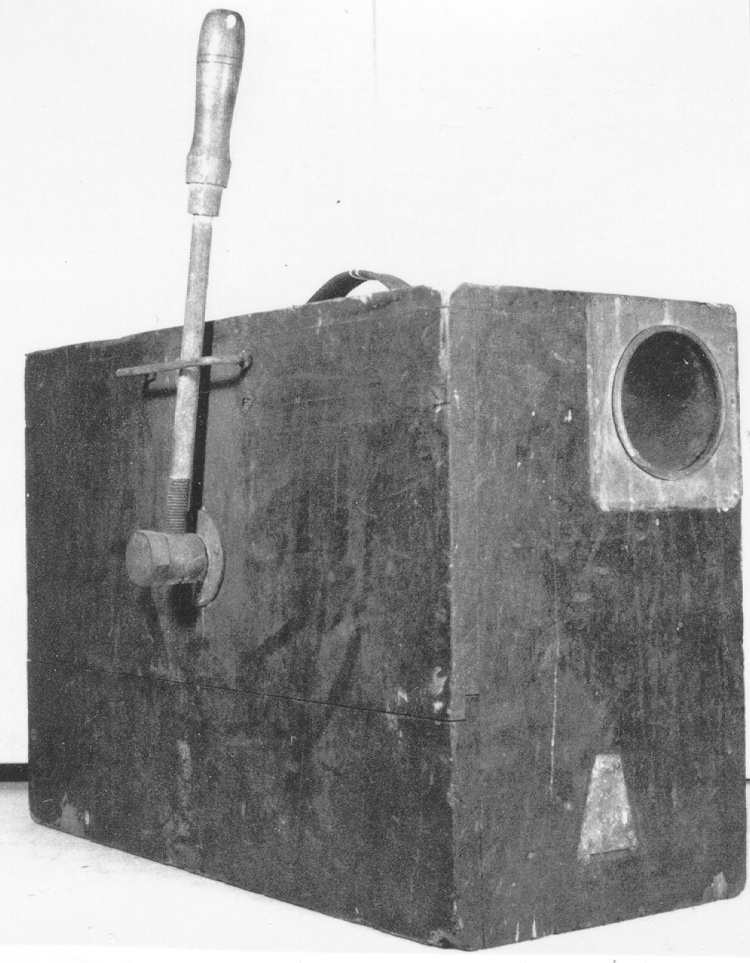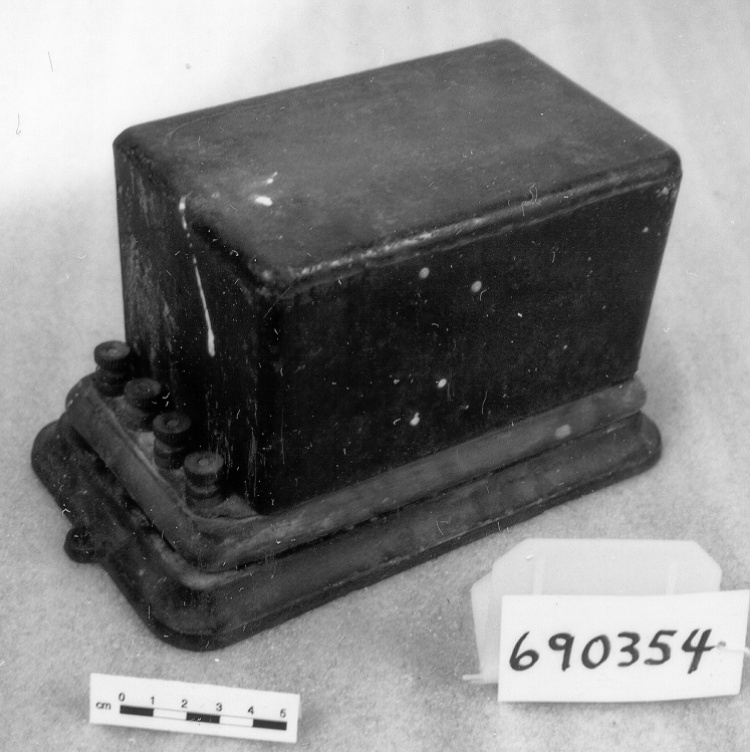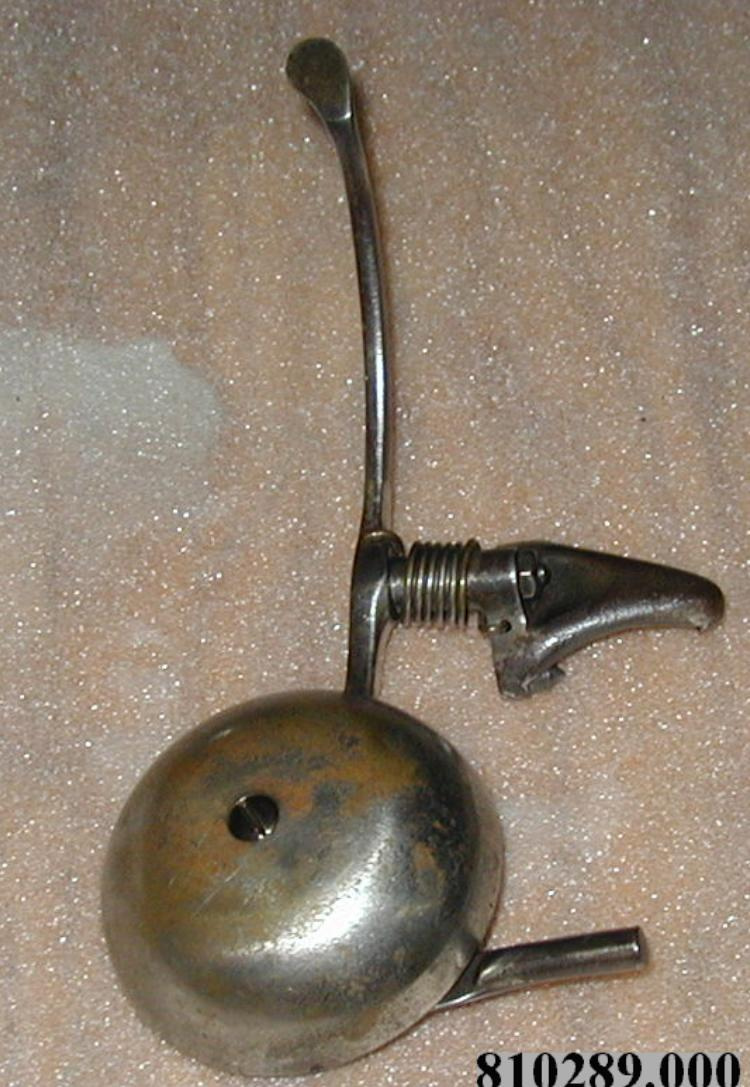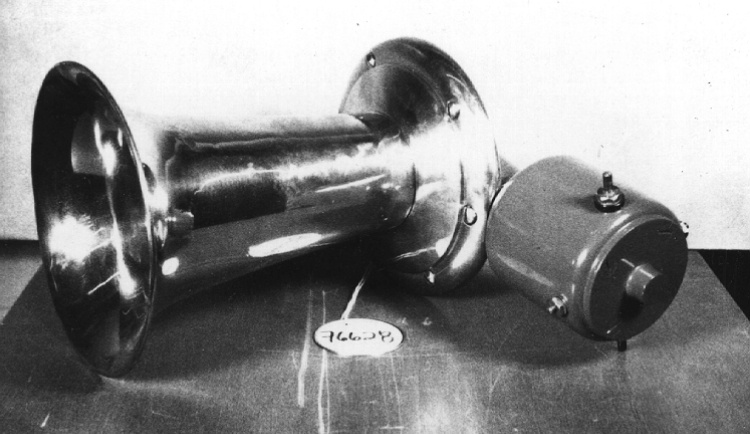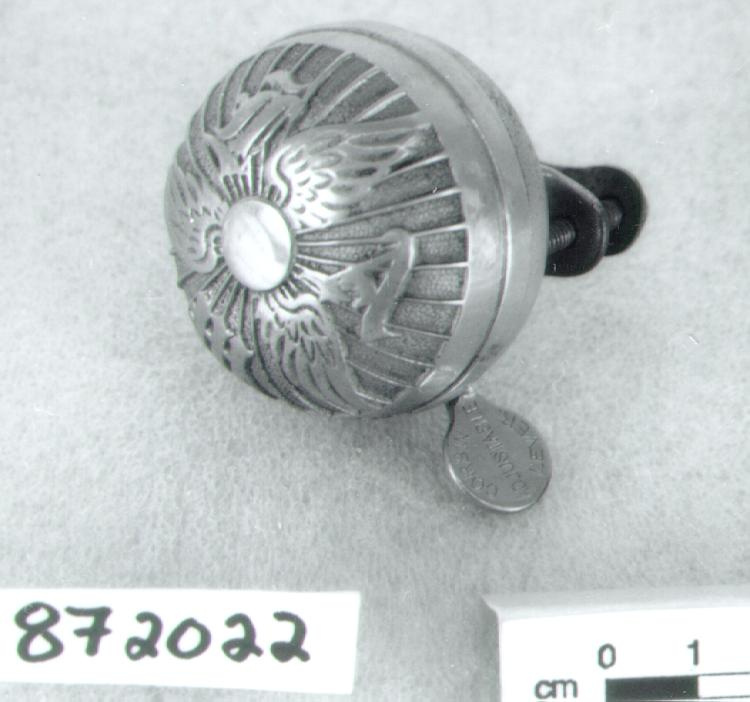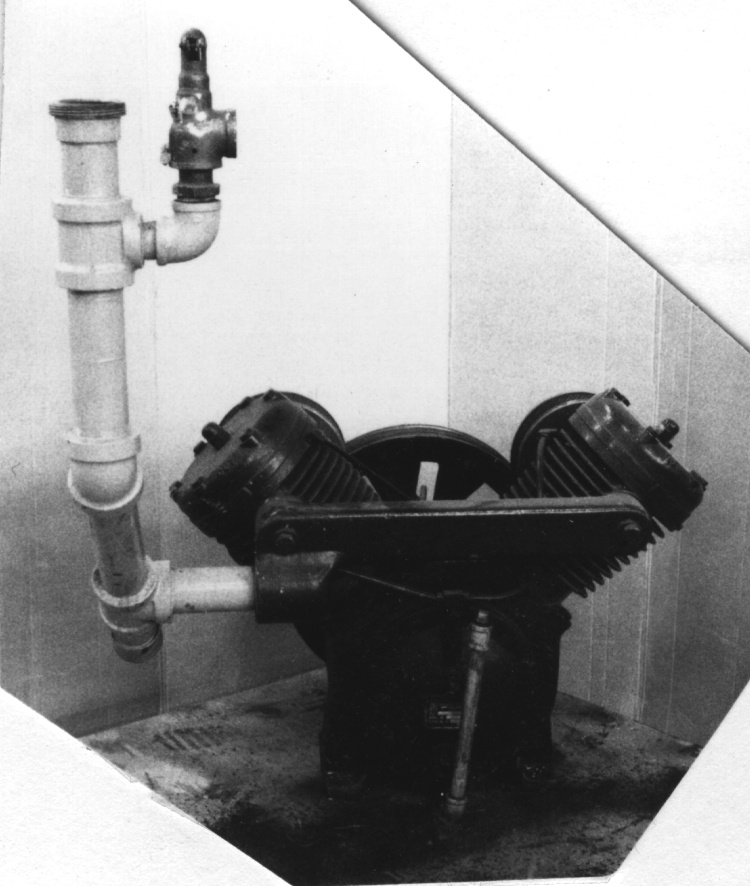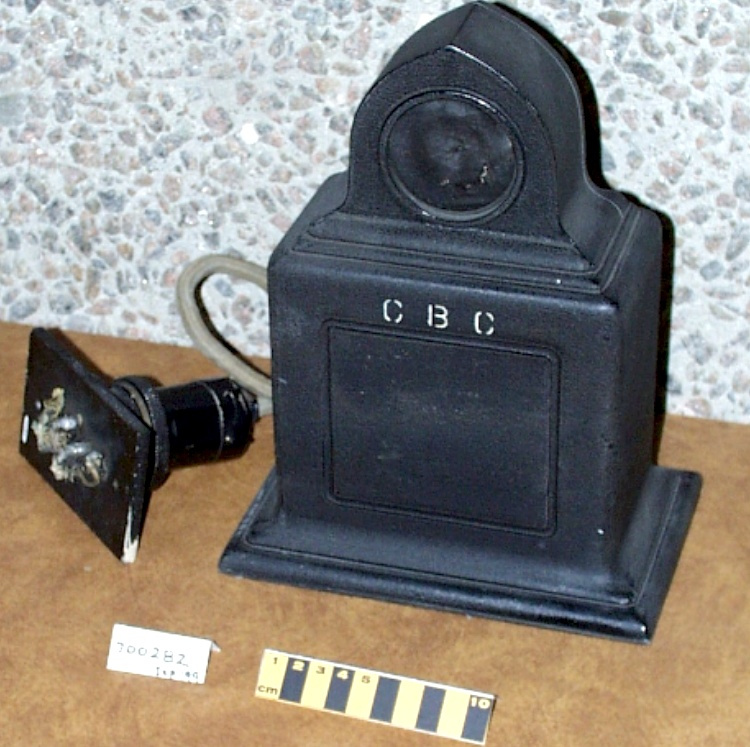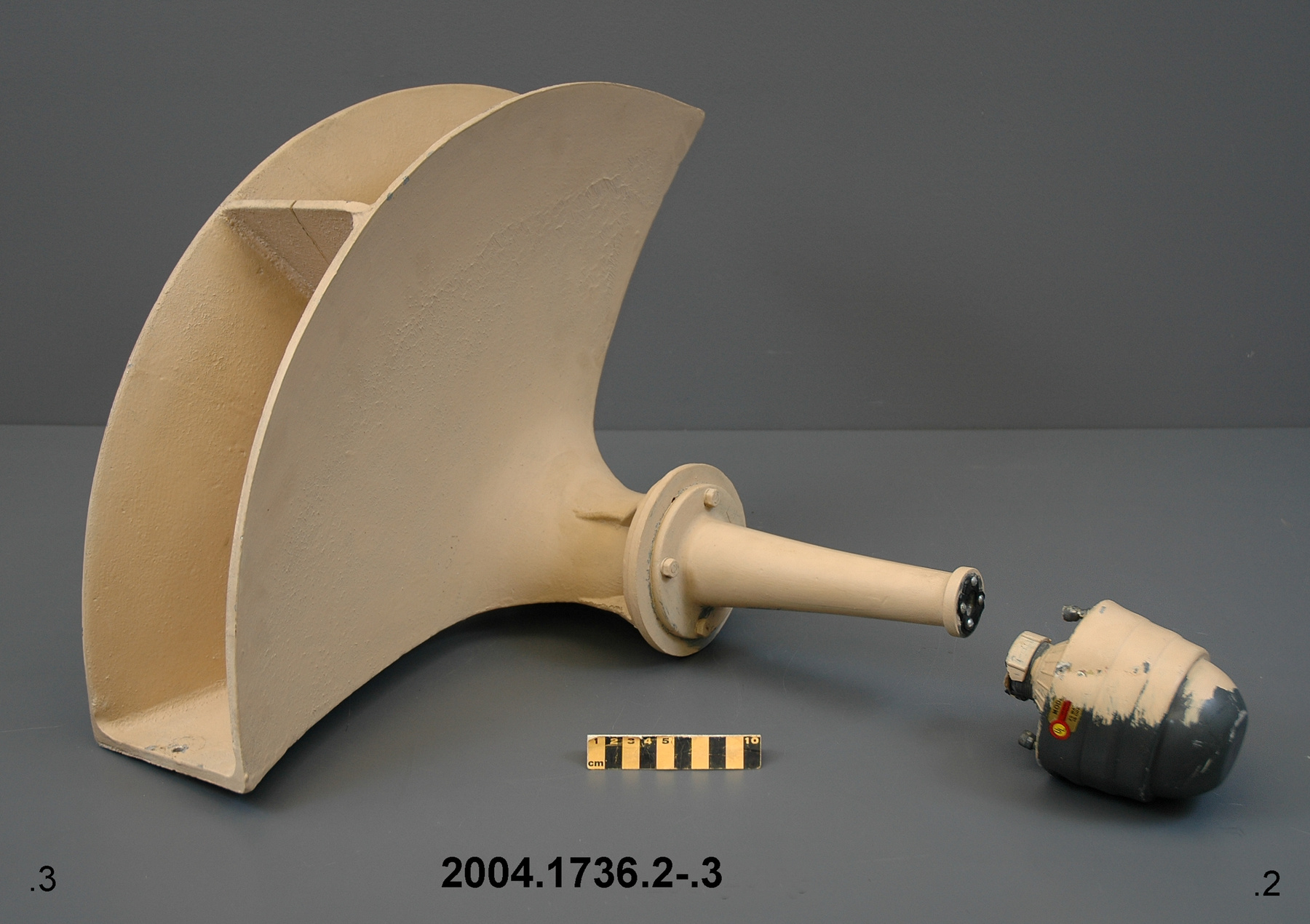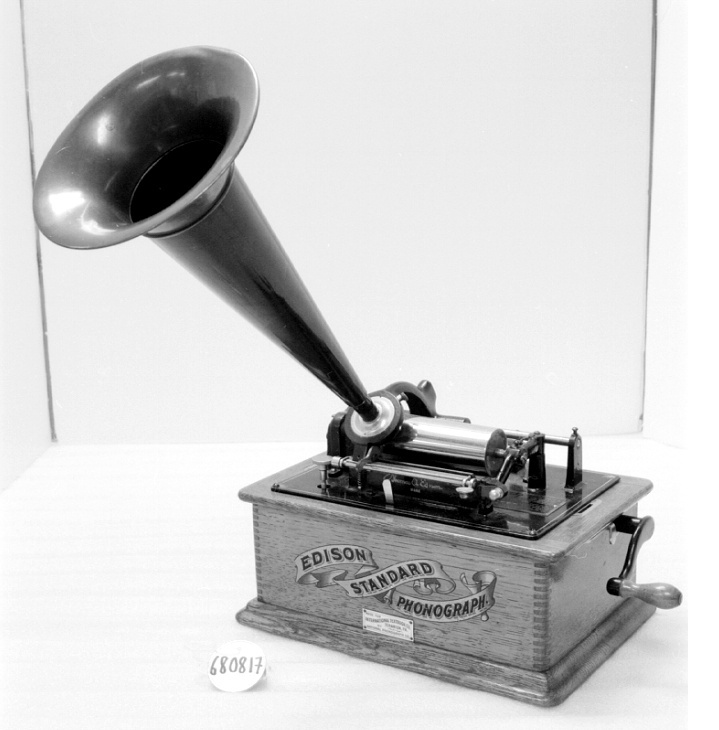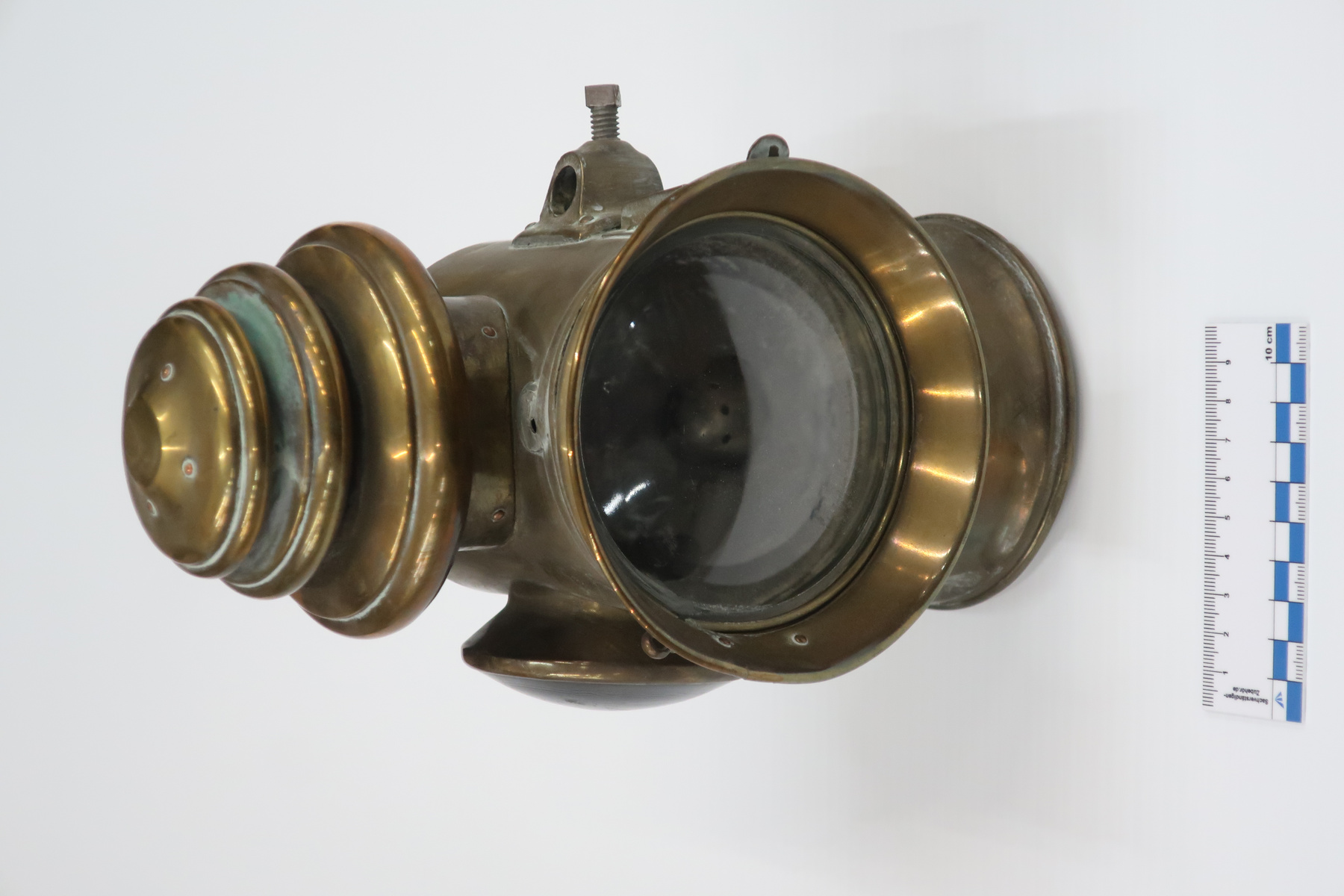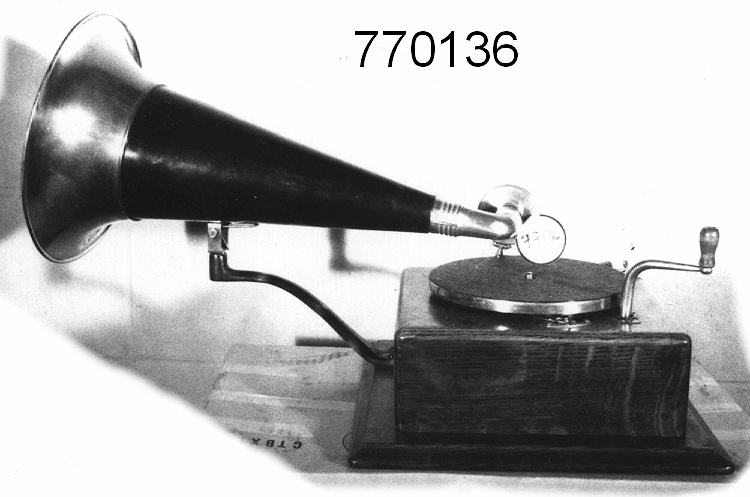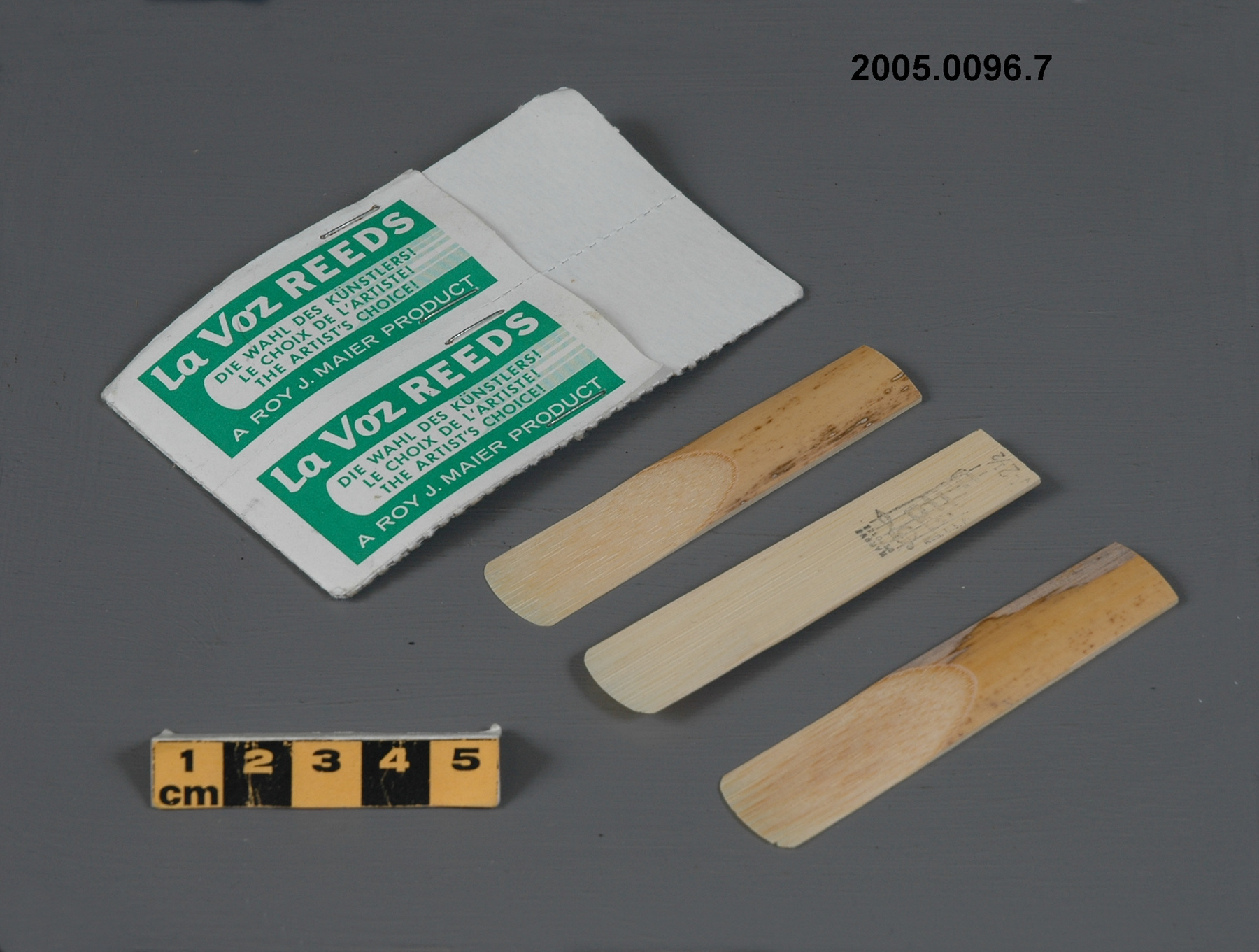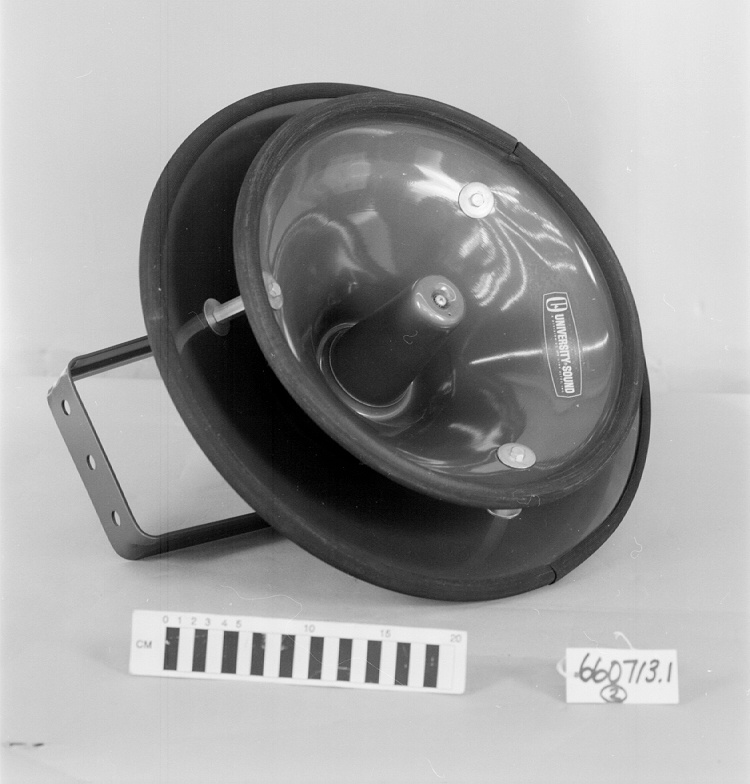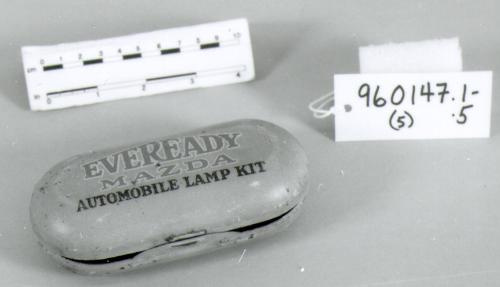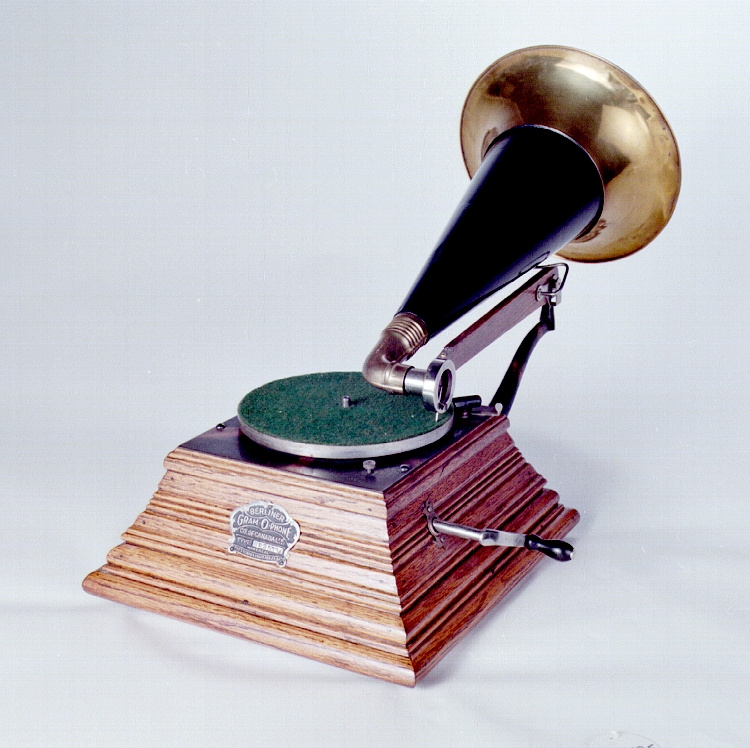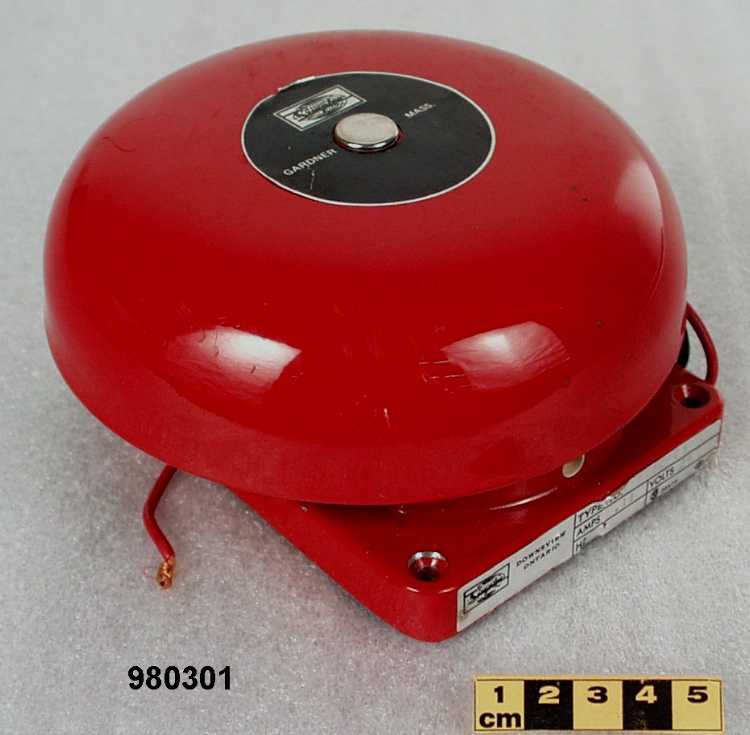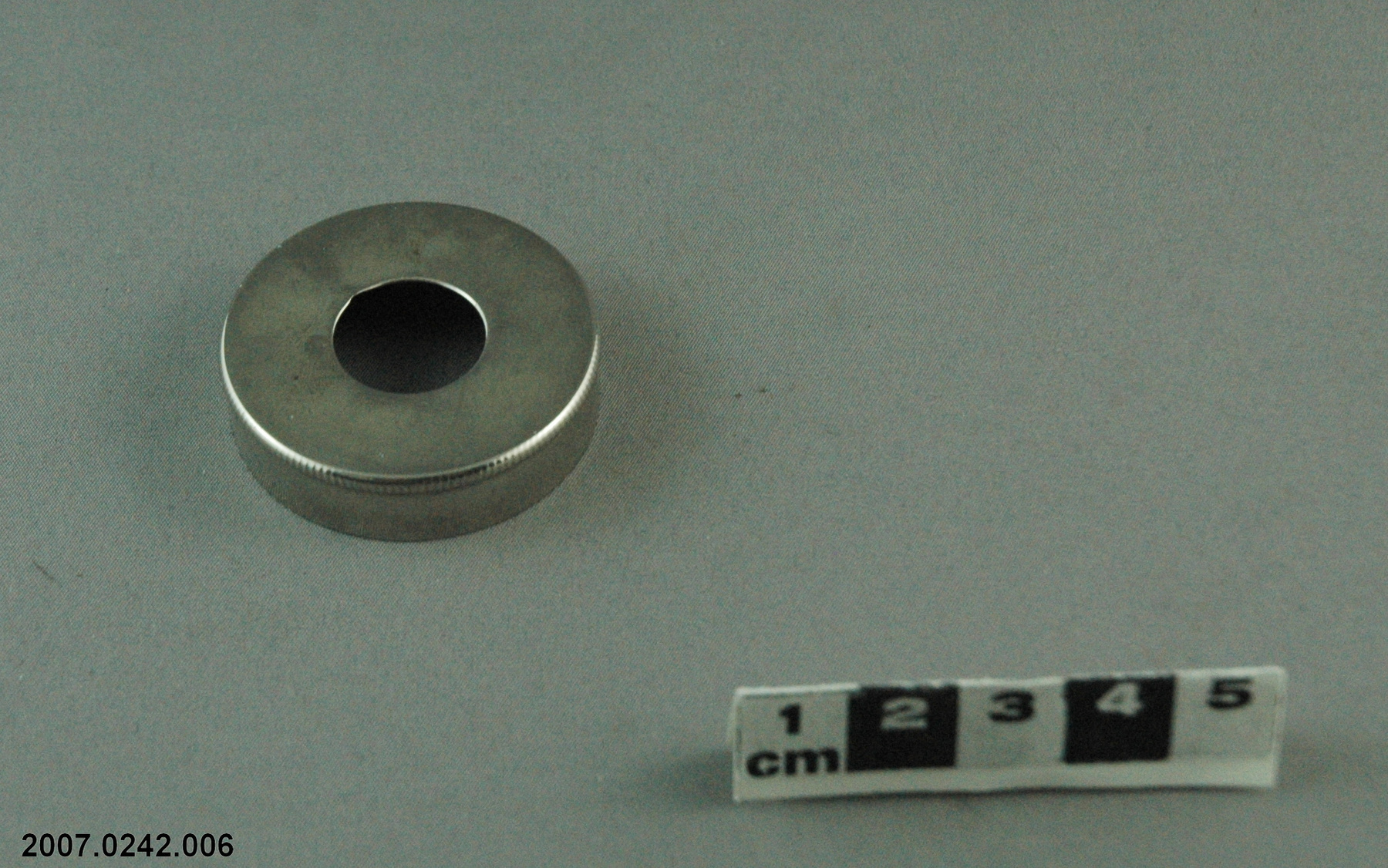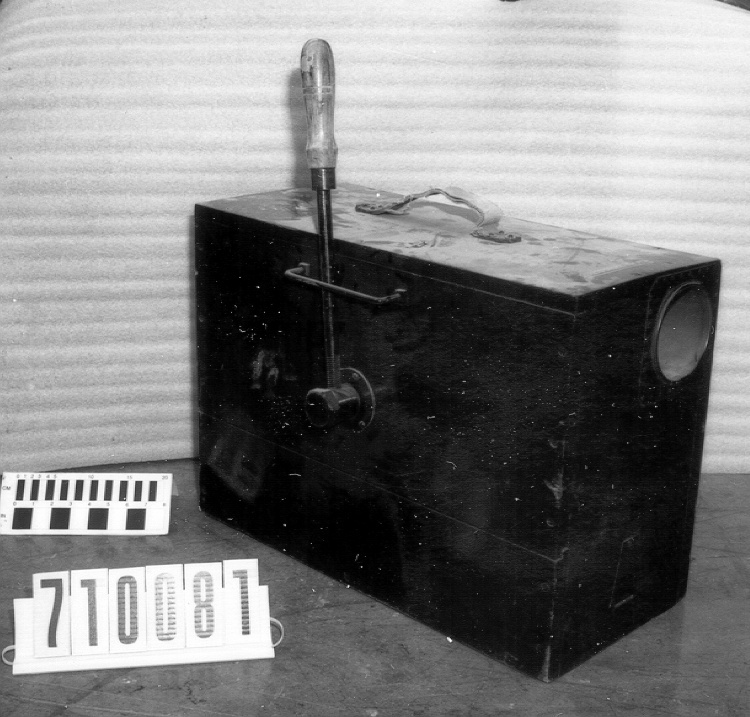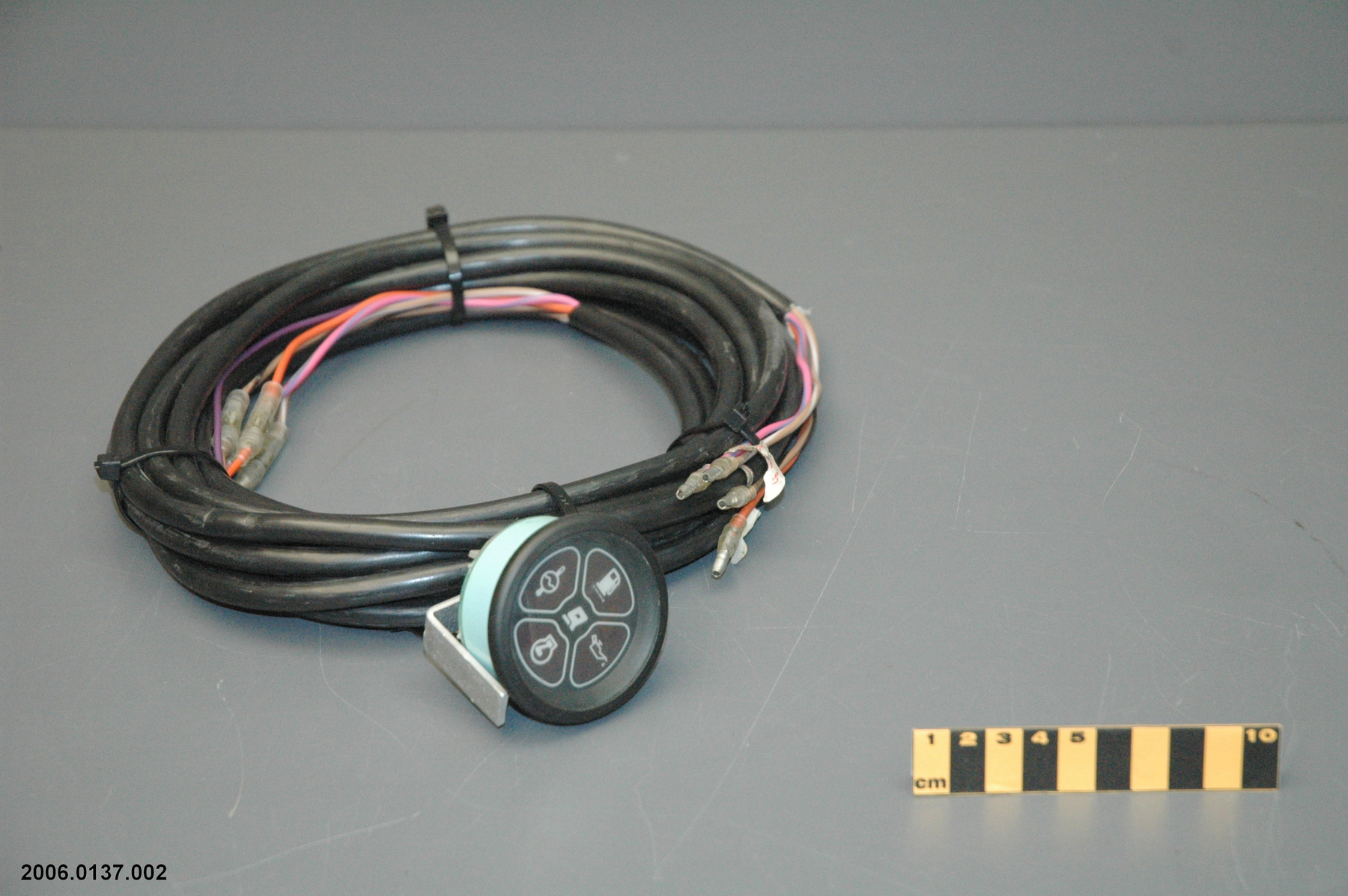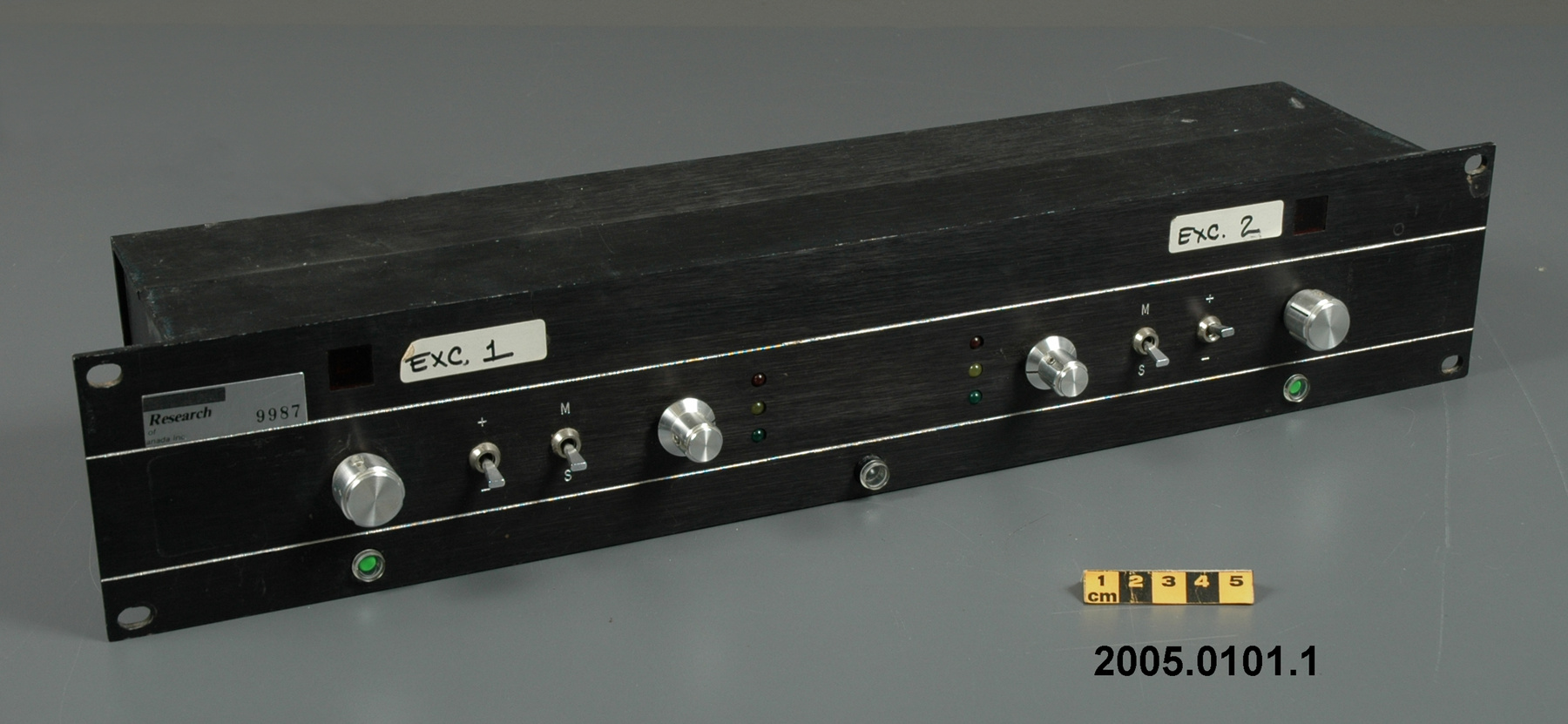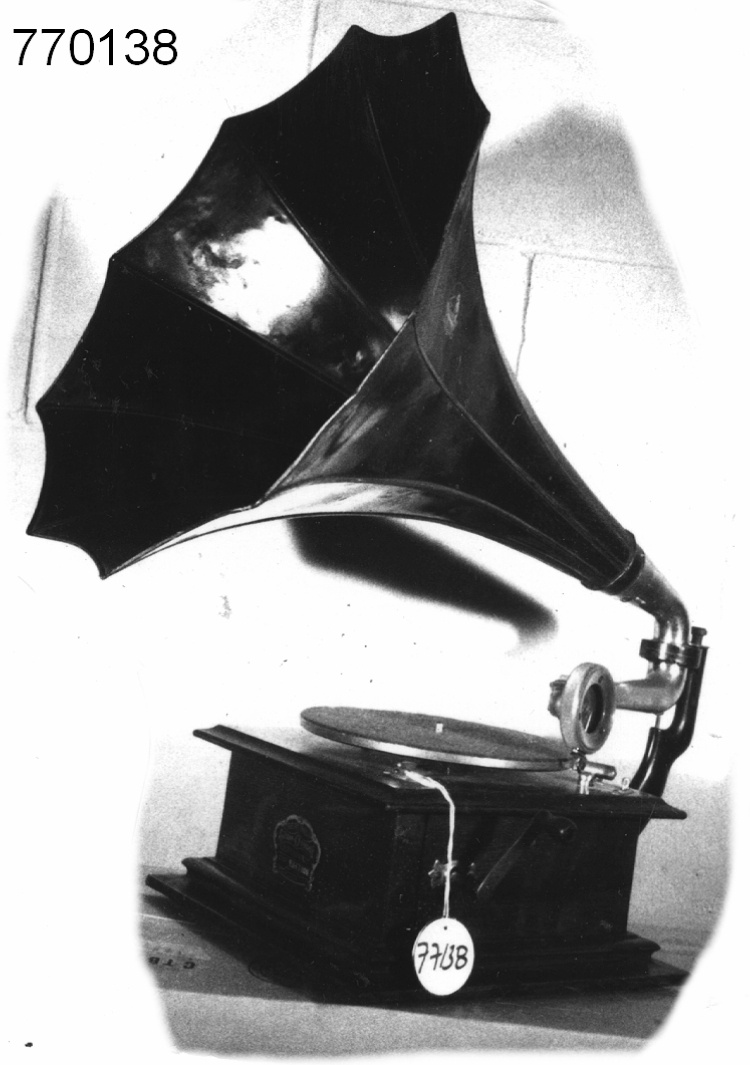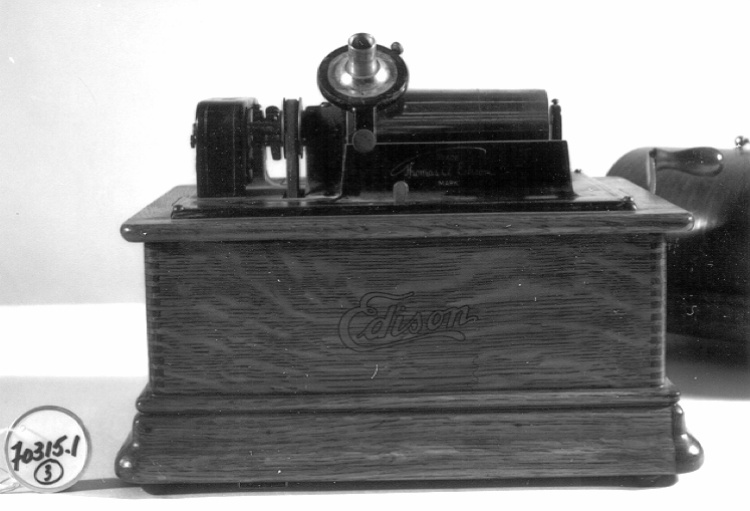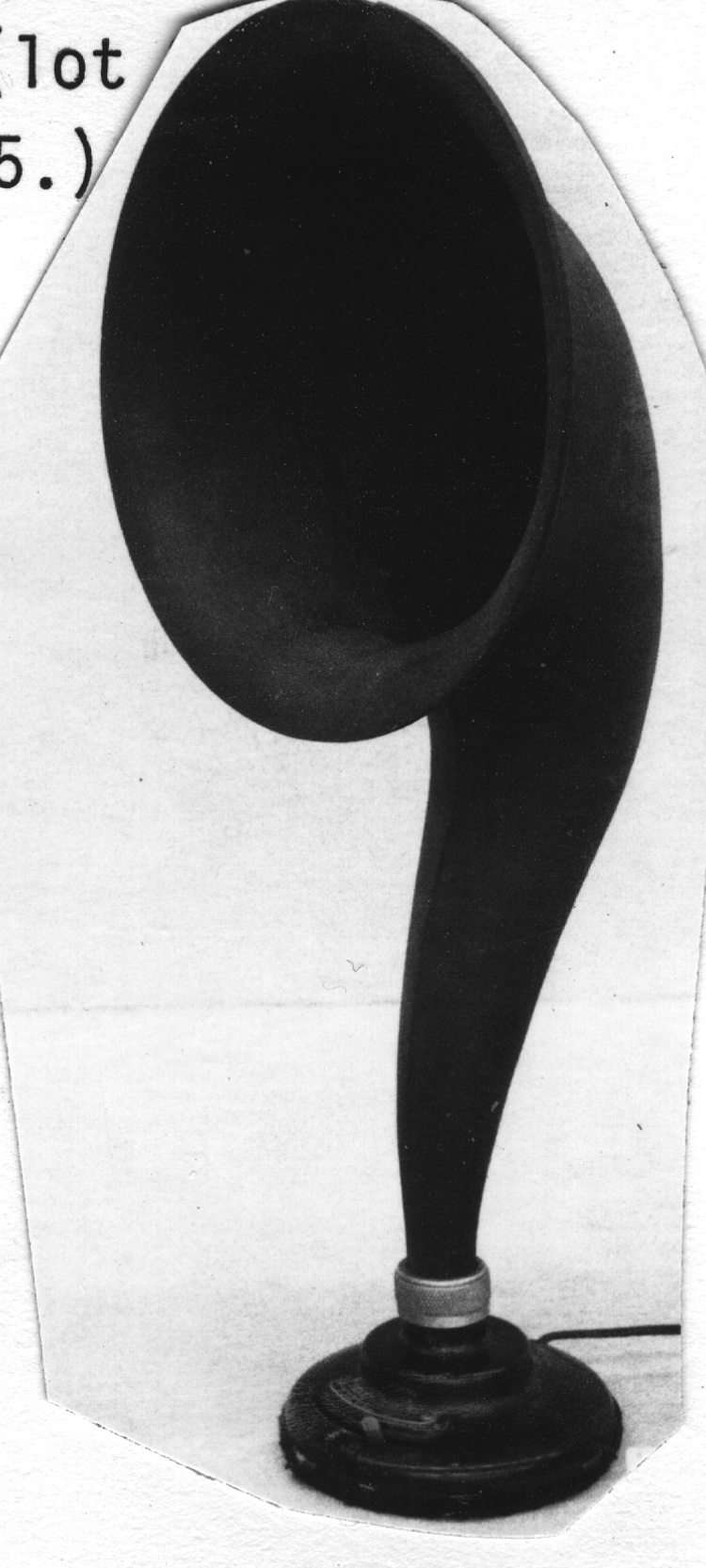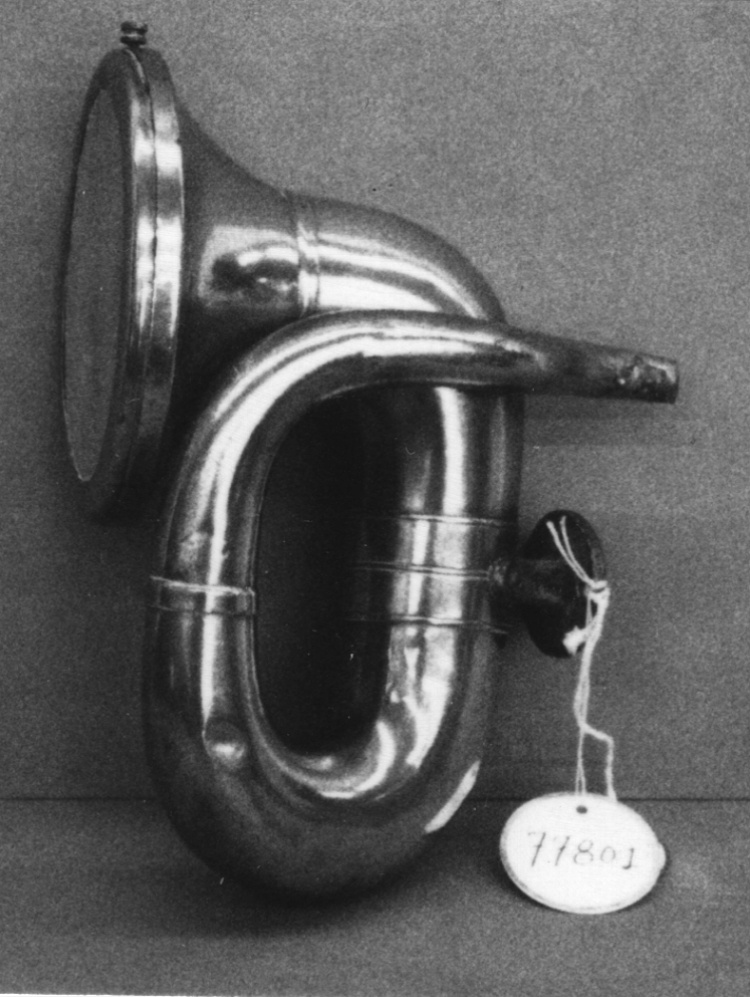Horn
Use this image
Can I reuse this image without permission? Yes
Object images on the Ingenium Collection’s portal have the following Creative Commons license:
Copyright Ingenium / CC BY-NC-ND (Attribution-NonCommercial 4.0 International (CC BY-NC 4.0)
ATTRIBUTE THIS IMAGE
Ingenium,
1977.0801.001
Permalink:
Ingenium is releasing this image under the Creative Commons licensing framework, and encourages downloading and reuse for non-commercial purposes. Please acknowledge Ingenium and cite the artifact number.
DOWNLOAD IMAGEPURCHASE THIS IMAGE
This image is free for non-commercial use.
For commercial use, please consult our Reproduction Fees and contact us to purchase the image.
- OBJECT TYPE
- BRASS/AIR
- DATE
- Unknown
- ARTIFACT NUMBER
- 1977.0801.001
- MANUFACTURER
- Unknown
- MODEL
- STANDARD
- LOCATION
- Unknown
More Information
General Information
- Serial #
- N/A
- Part Number
- 1
- Total Parts
- 1
- AKA
- N/A
- Patents
- N/A
- General Description
- Metal construction/ metal screen
Dimensions
Note: These reflect the general size for storage and are not necessarily representative of the object's true dimensions.
- Length
- 26.0 cm
- Width
- 19.0 cm
- Height
- 12.0 cm
- Thickness
- N/A
- Weight
- N/A
- Diameter
- N/A
- Volume
- N/A
Lexicon
- Group
- Motorized Ground Transportation
- Category
- Automotive parts
- Sub-Category
- N/A
Manufacturer
- AKA
- Unknown
- Country
- Unknown
- State/Province
- Unknown
- City
- Unknown
Context
- Country
- Unknown
- State/Province
- Unknown
- Period
- Unknown
- Canada
-
Unknown - Function
-
A device that produces a loud sound to signal an audible warning to other motorists and pedestrians of a car’s presence. - Technical
-
A bulb horn type with a single coil that consists of a bell, reed, and bulb; ‘Standard’ trade mark logo stamped onto the horn (KE – notes). The horn was externally mounted and was used as a warning device in automobiles, producing a sound through a metal reed when the bulb was squeezed, thus it was also known as a reed horn. At the beginning of the 1900s, reed horns were the universal signaling device for automobiles and were used to warn motorists and pedestrians of the car’s approach or presence and to promote public safety while driving (McMurtry: 3, 5). However, as the popularity of the automobile increased, more people traveled and the reed horn became an ineffective warning signal because it was not easily heard on crowded streets by other motorists and pedestrians. In addition to not being loud enough, reed horns do not work well in extremely cold weather (McMurtry: 5). First automobile horns were bulb horns and hand klaxons of various designs, mounted conspicuously. Electric automobile horns replaced manual models c. 1920s. Towards the end of the 1930s automobile horns began to be utilitarian only, and were hidden beneath the hood (KE – notes: 2002.0190.001). - Area Notes
-
Unknown
Details
- Markings
- N/A
- Missing
- Bulb missing
- Finish
- Brass plated horn
- Decoration
- Bands on horn
CITE THIS OBJECT
If you choose to share our information about this collection object, please cite:
Unknown Manufacturer, Horn, Unknown Date, Artifact no. 1977.0801, Ingenium – Canada’s Museums of Science and Innovation, http://collections.ingeniumcanada.org/en/id/1977.0801.001/
FEEDBACK
Submit a question or comment about this artifact.
More Like This
